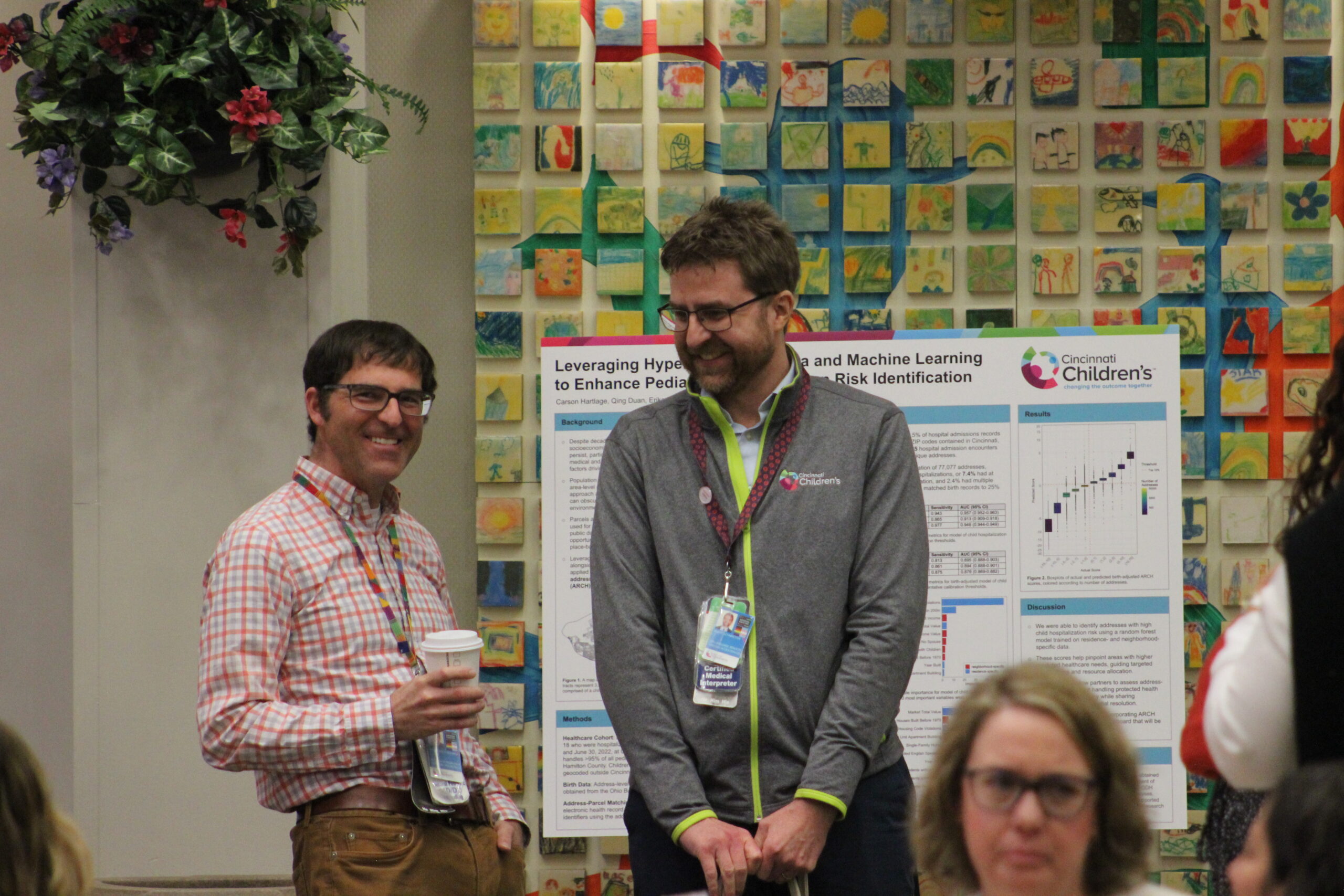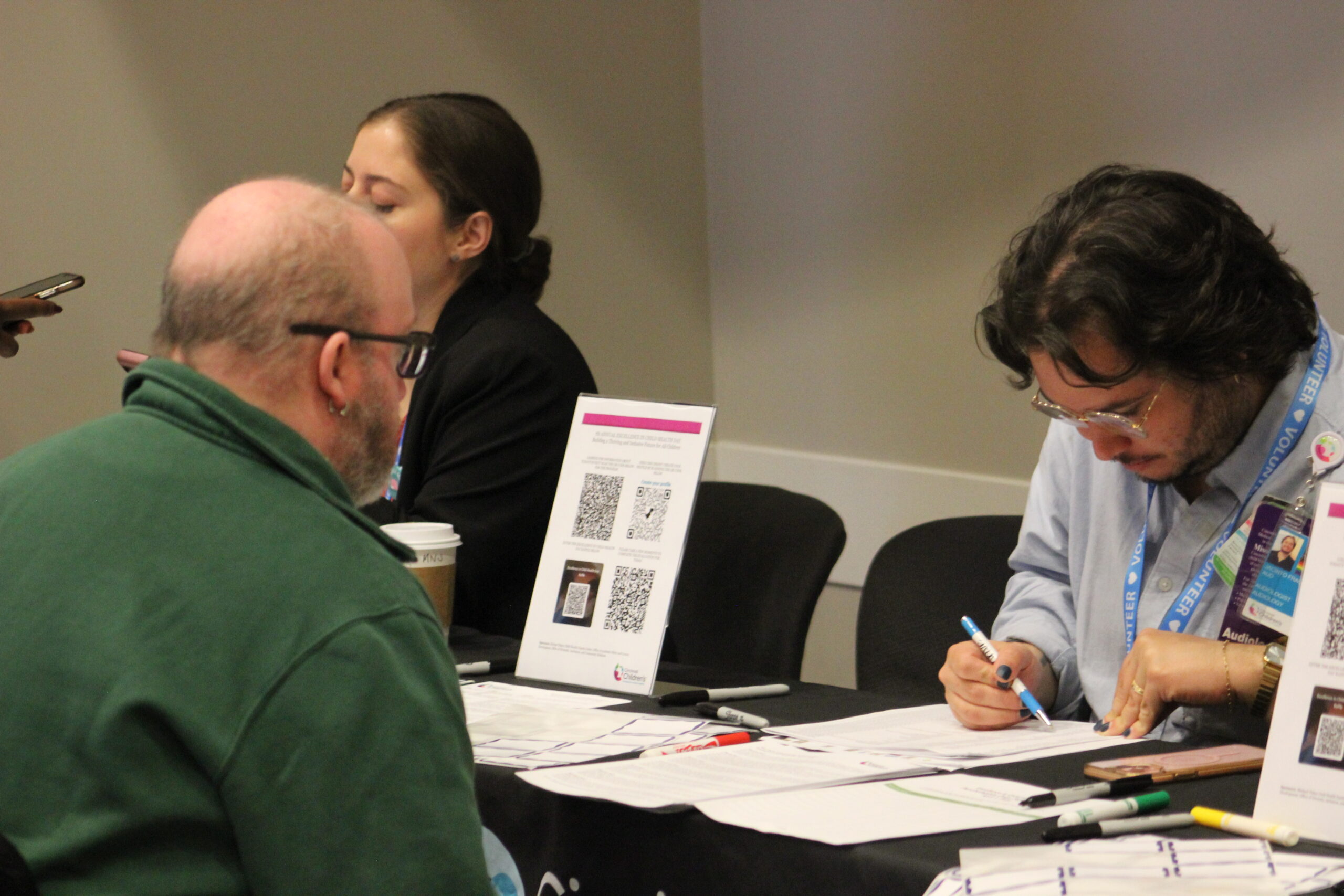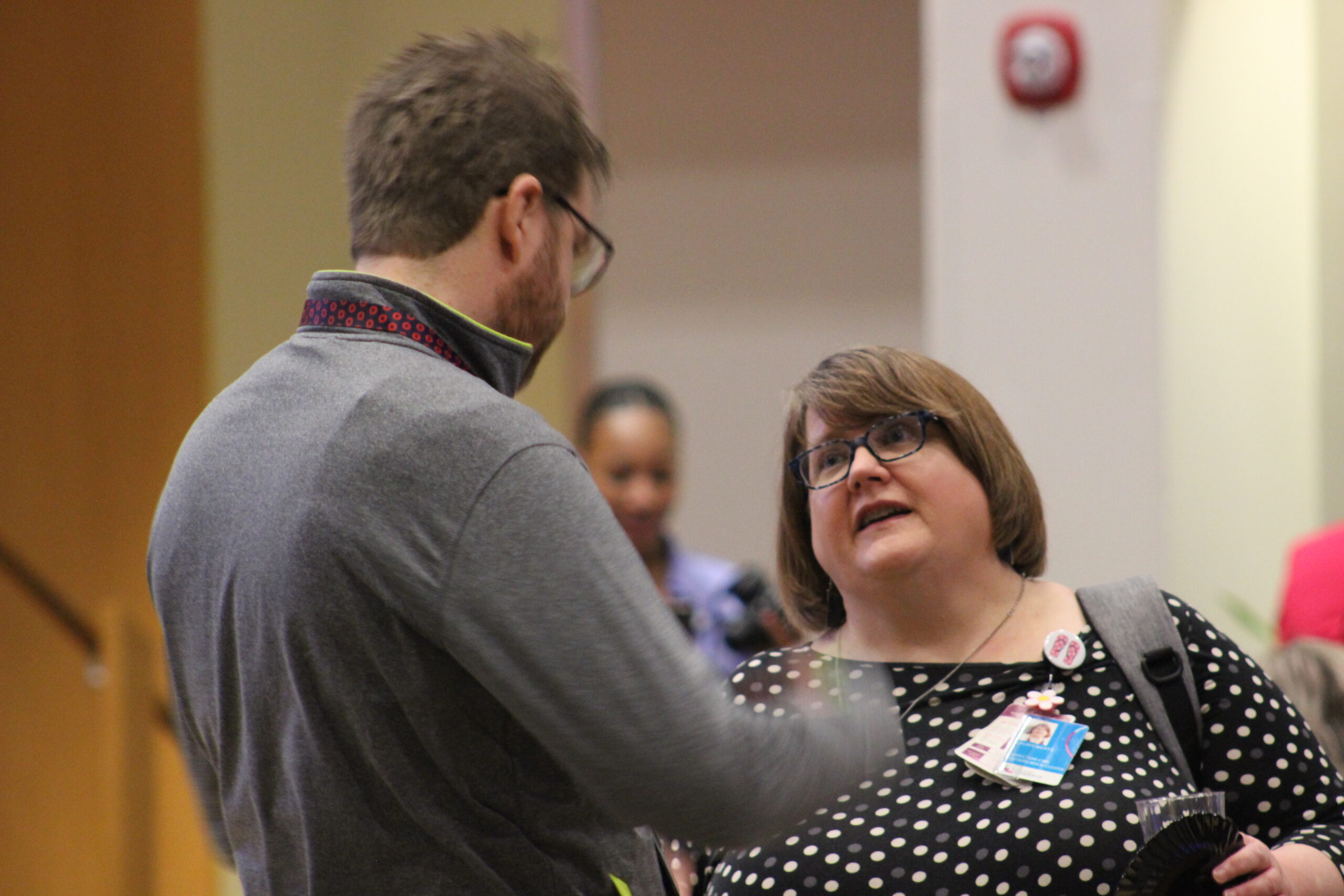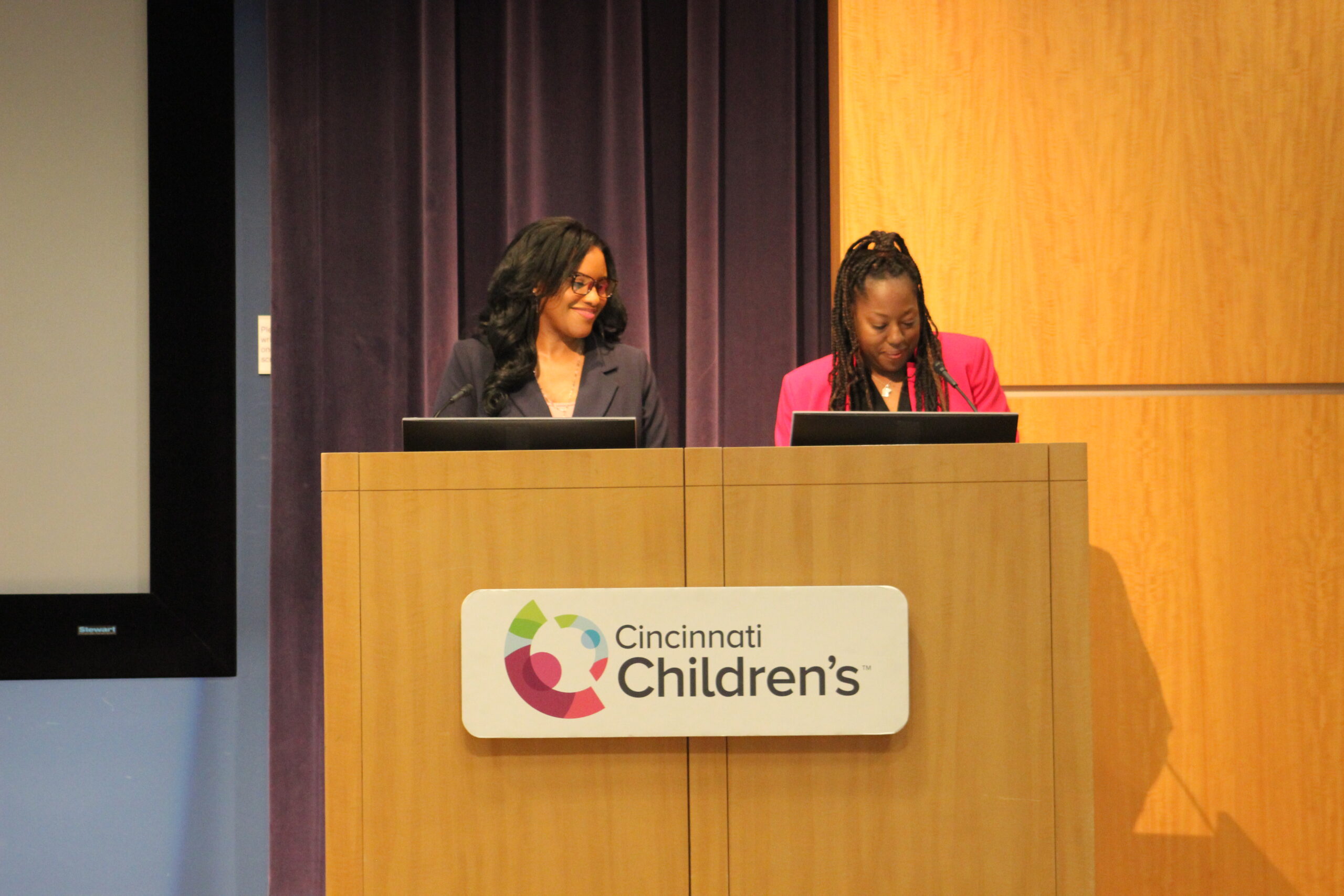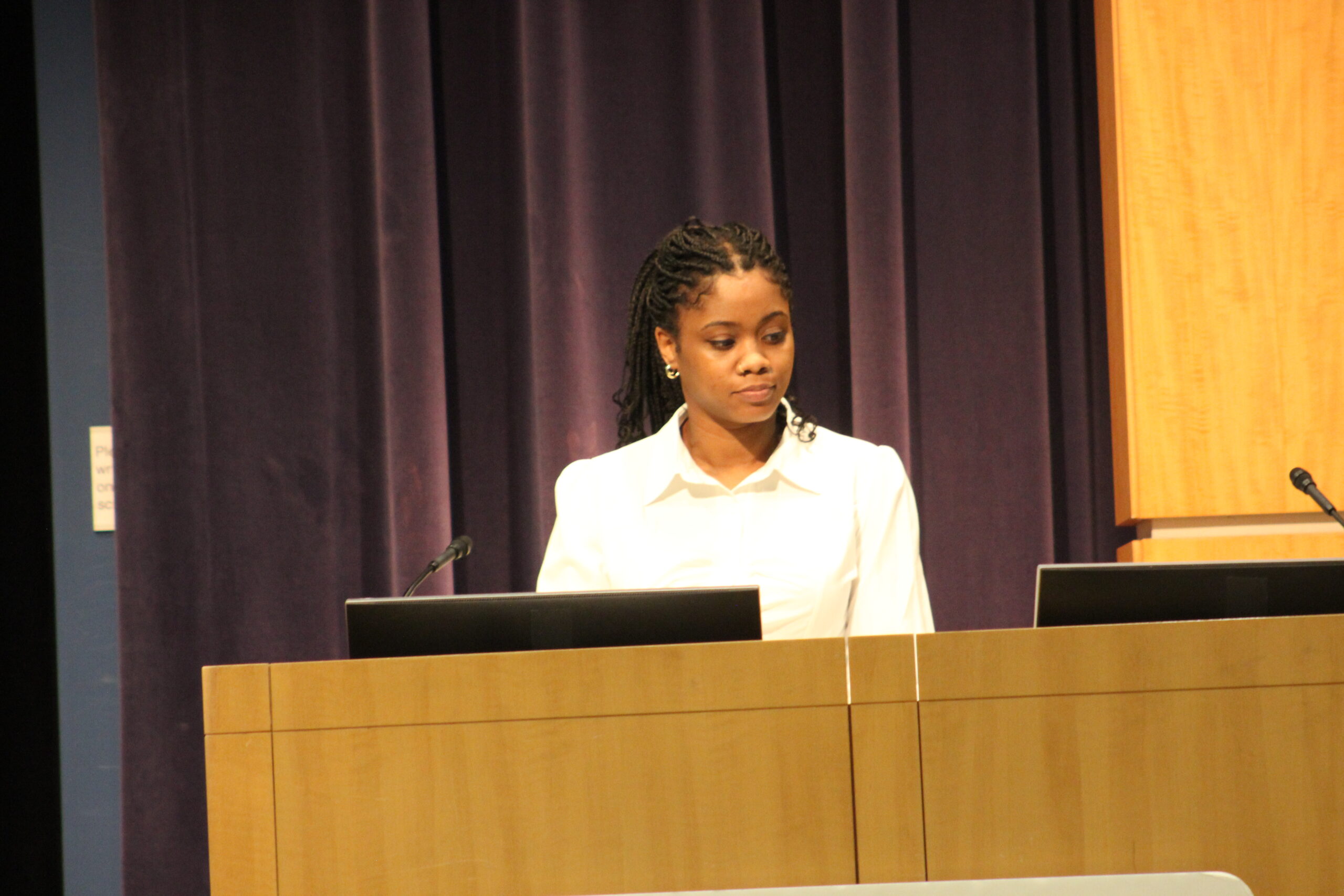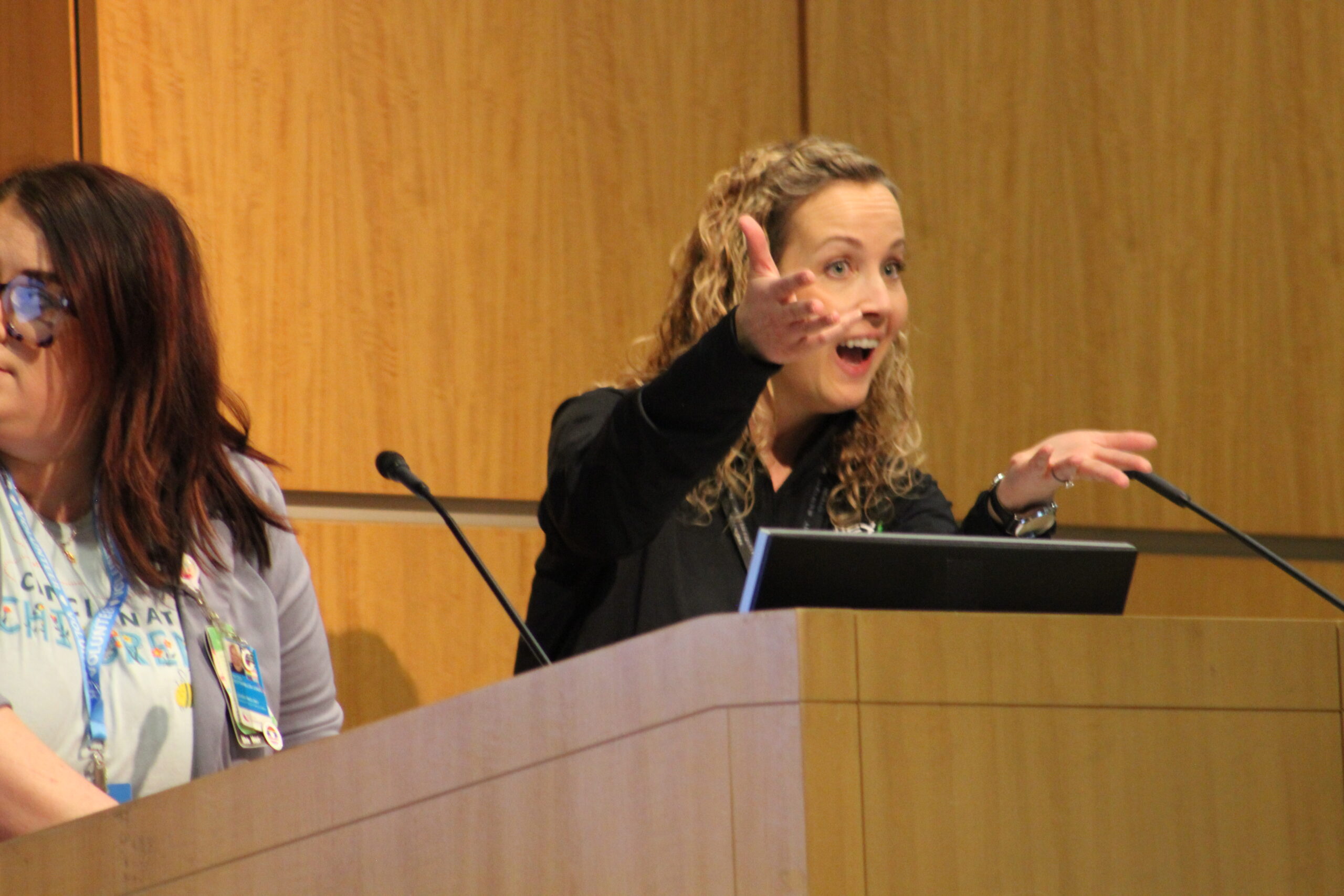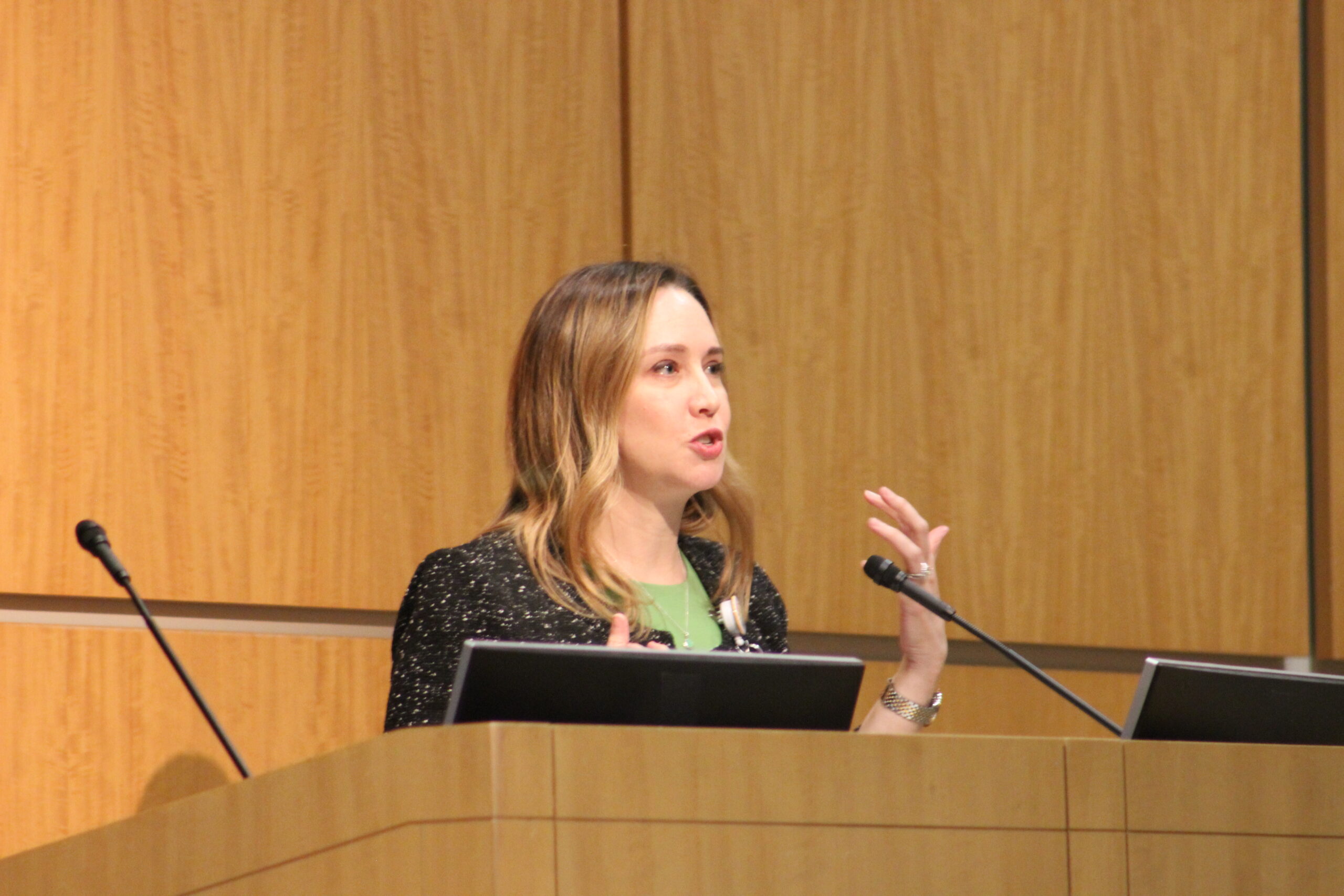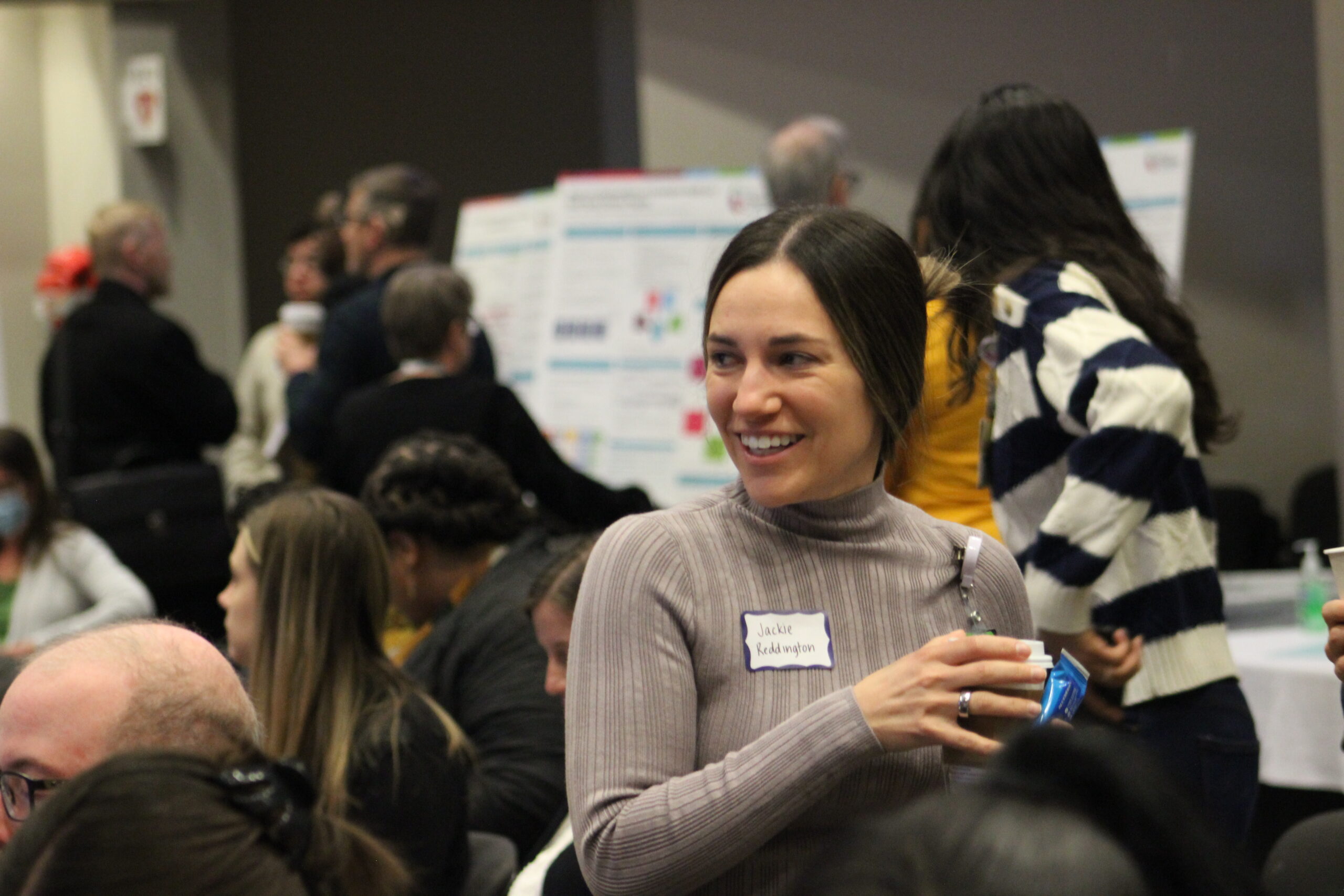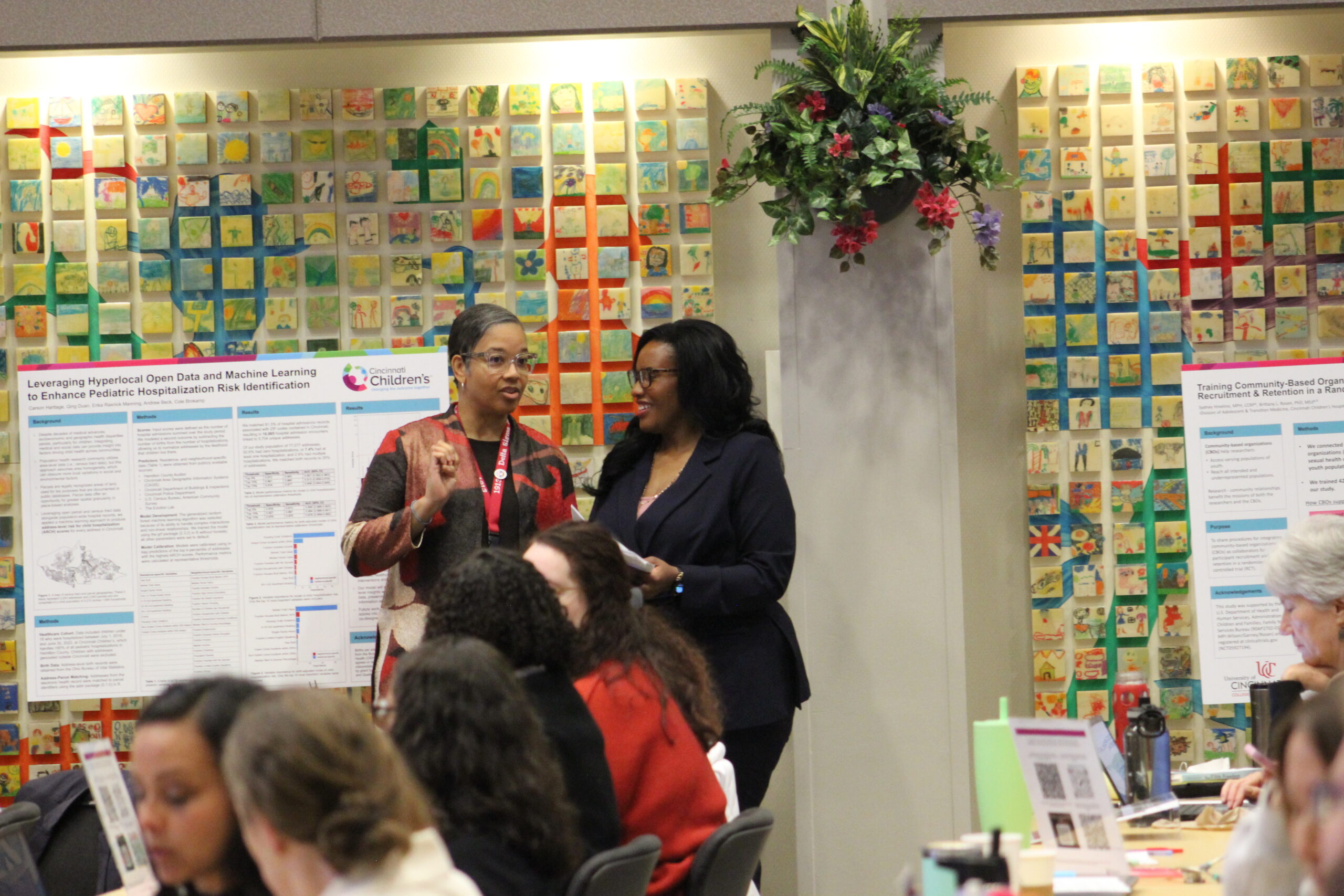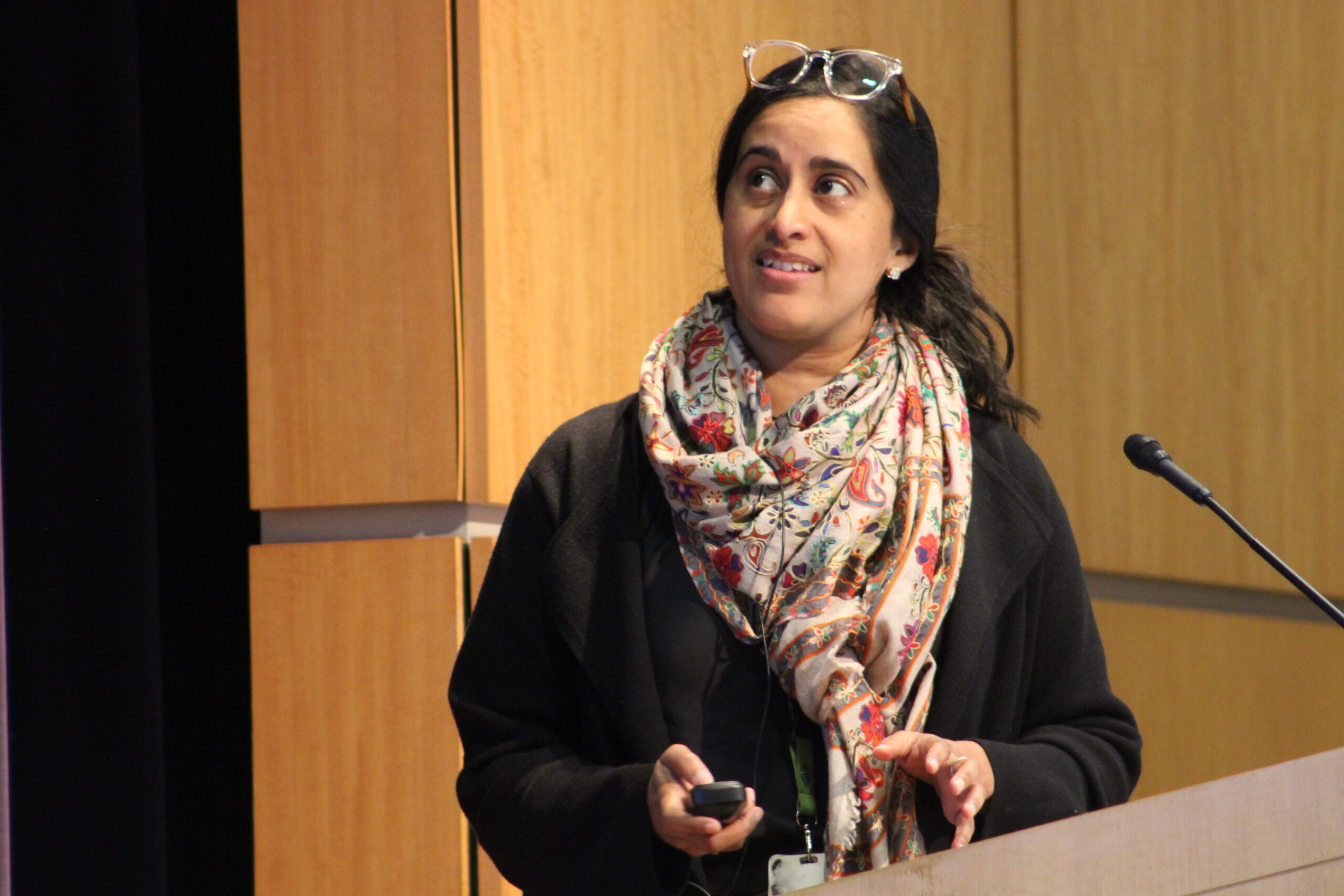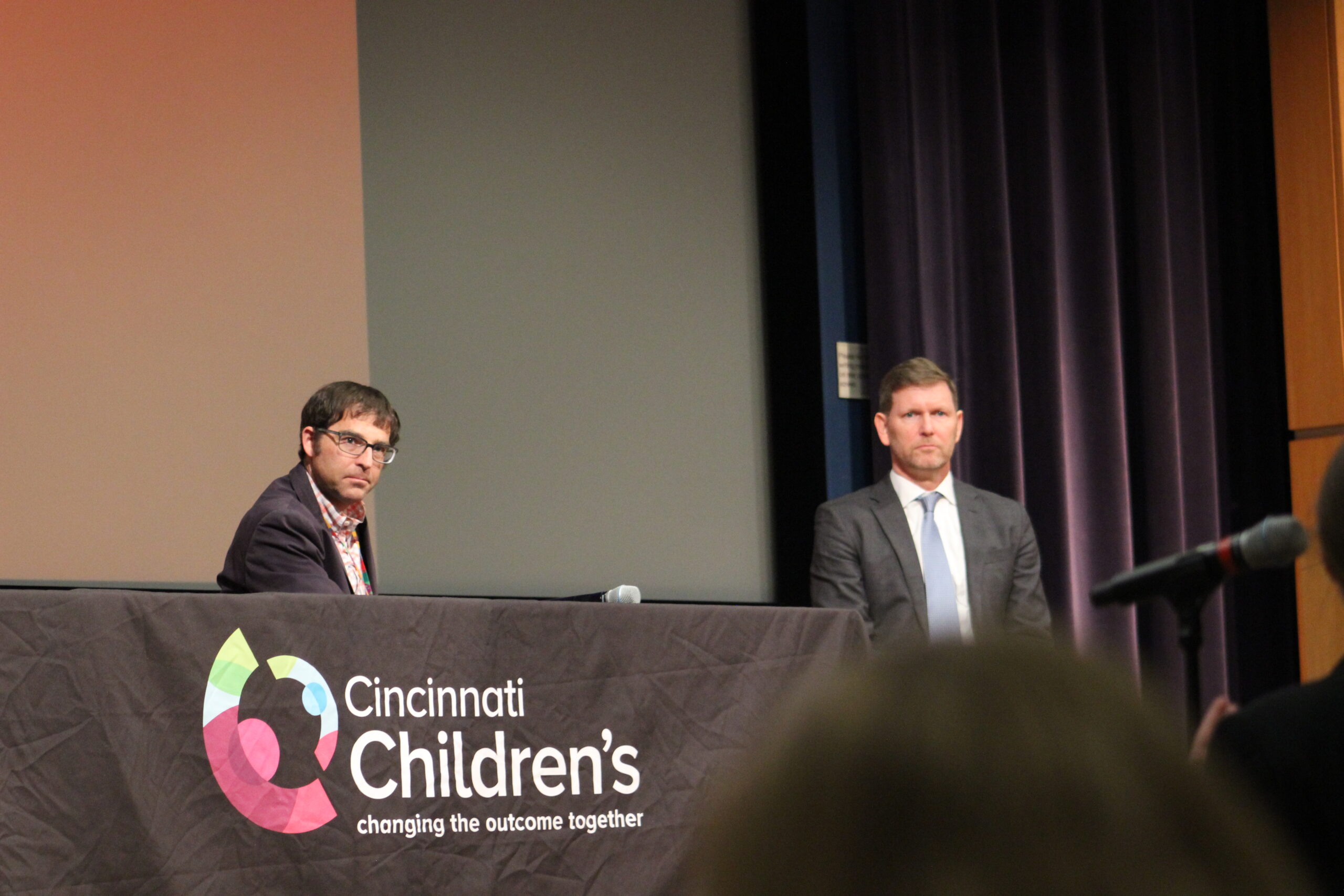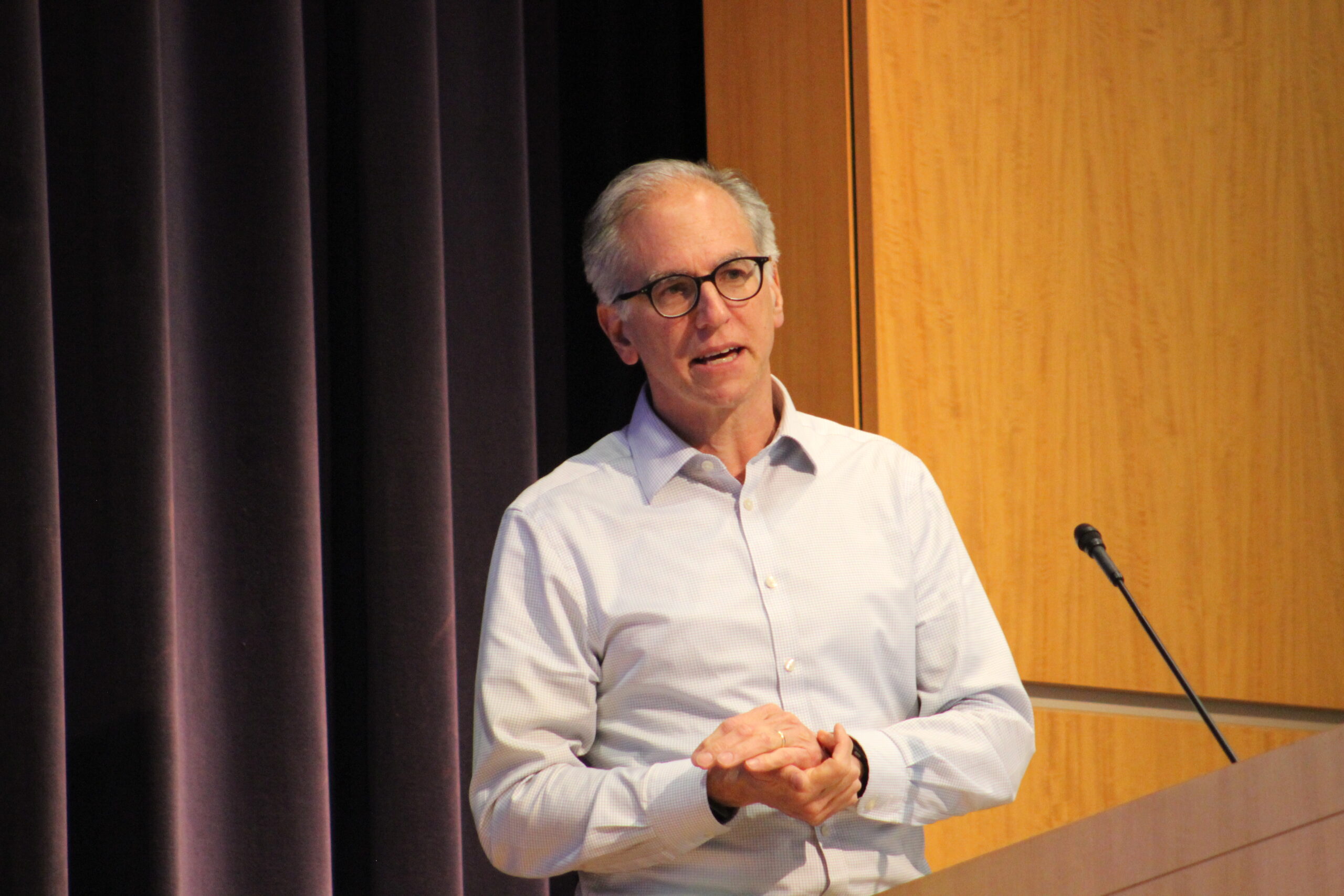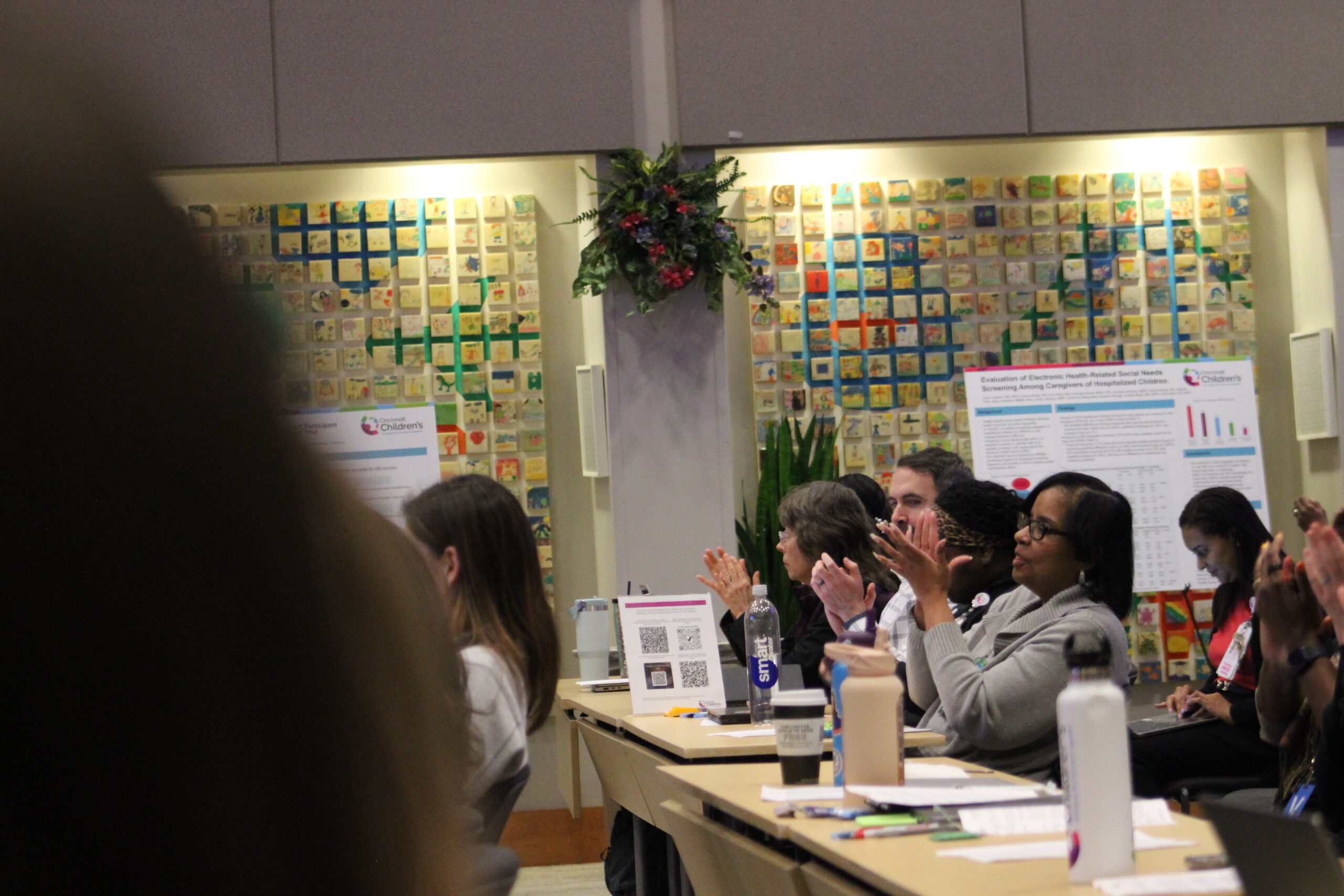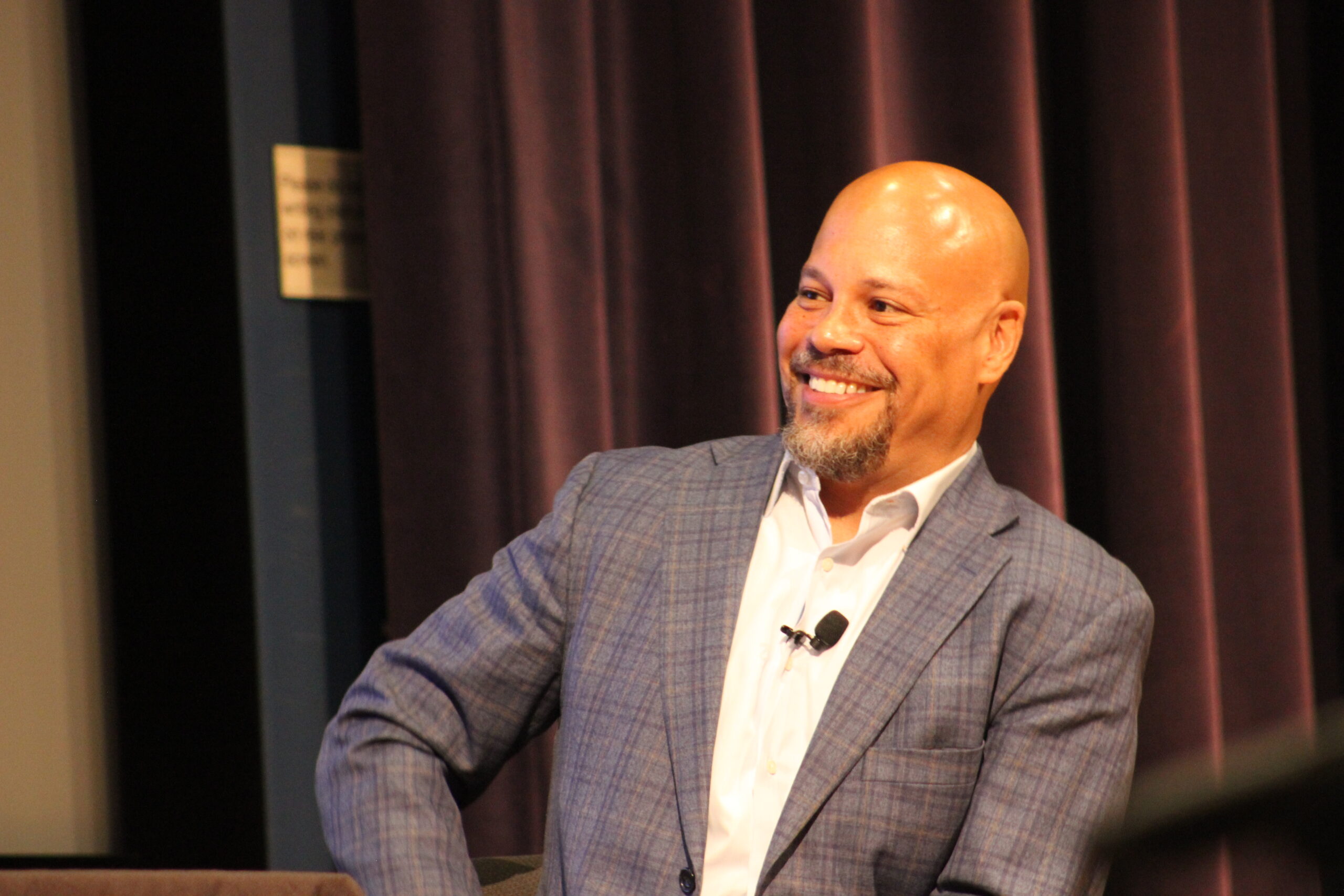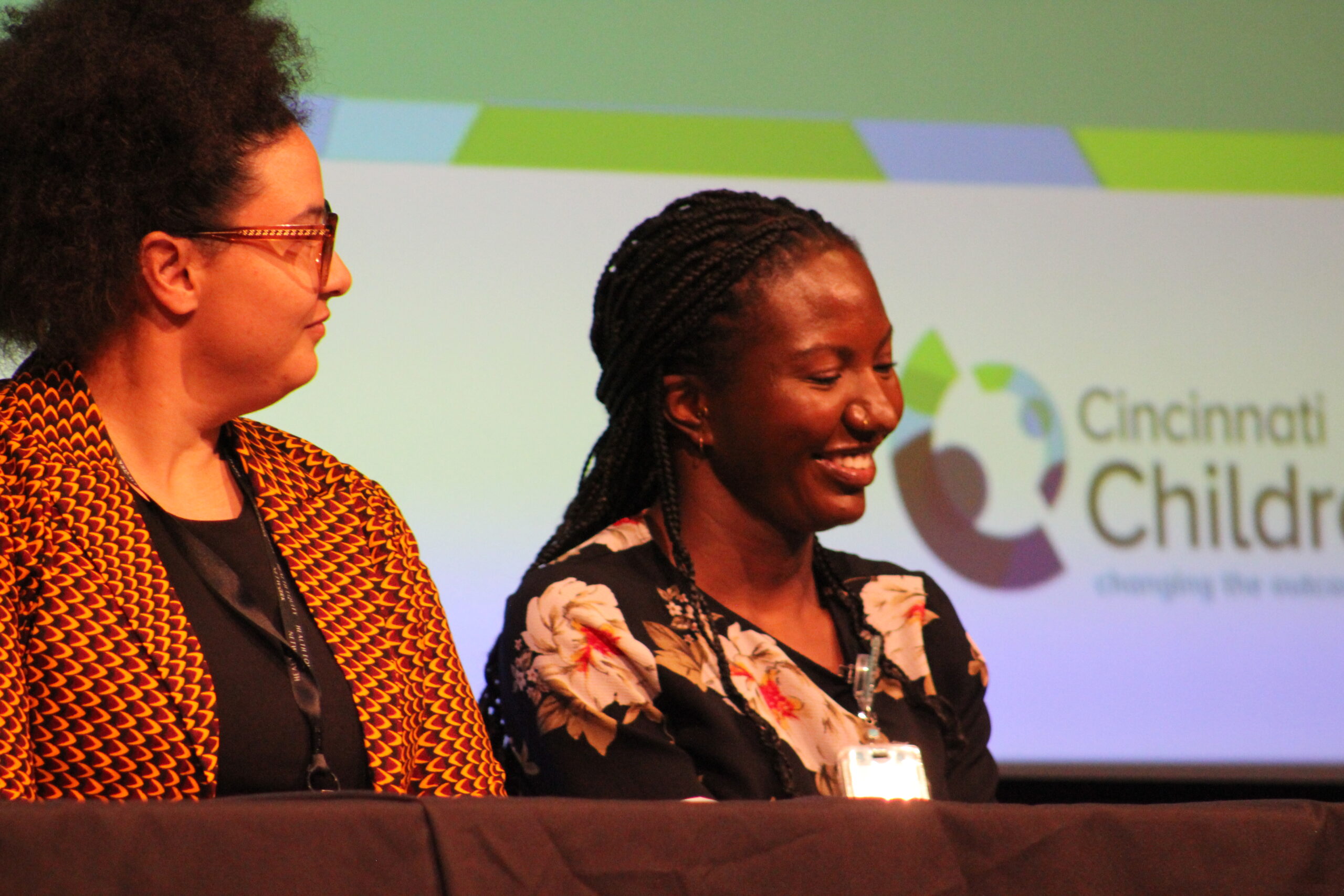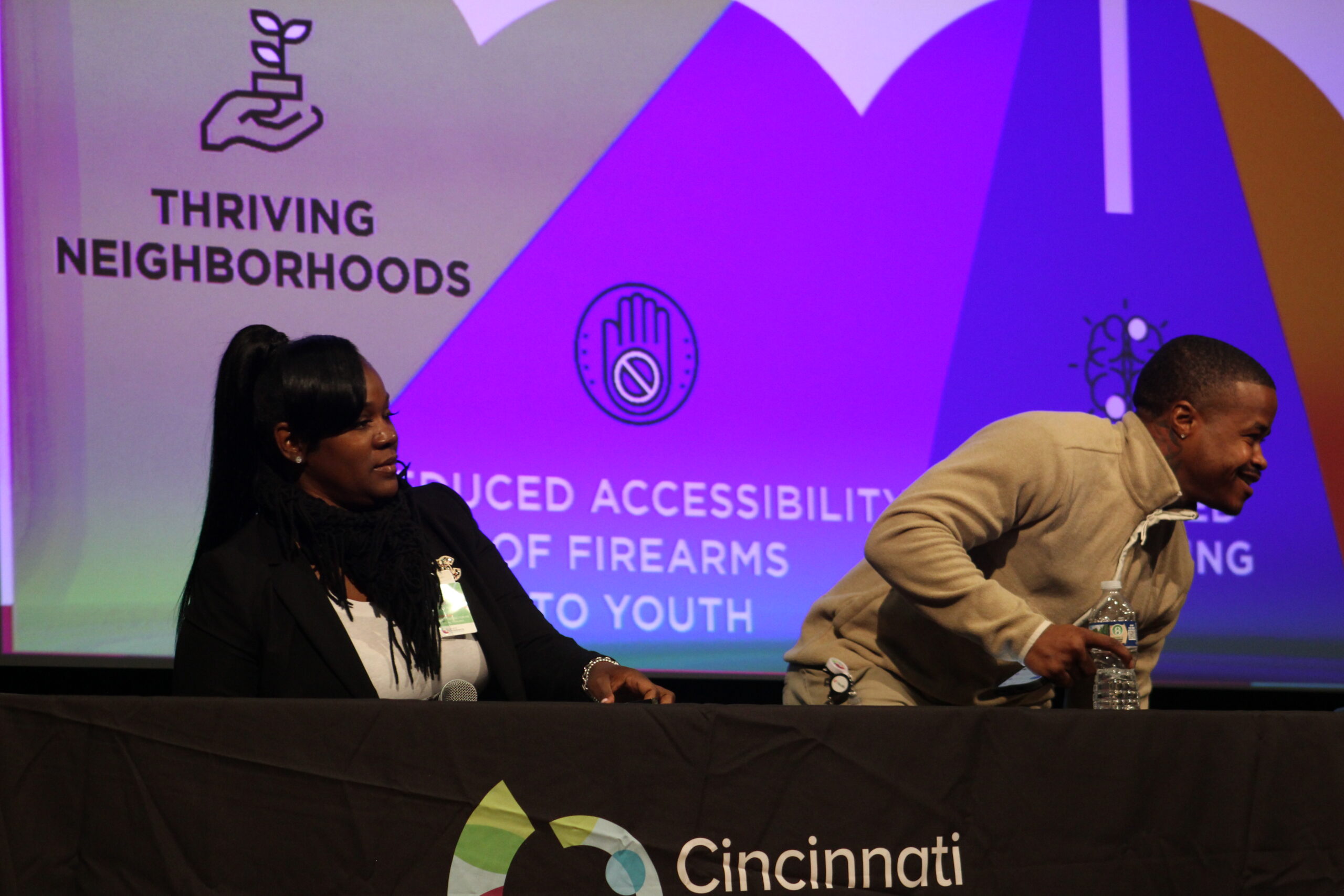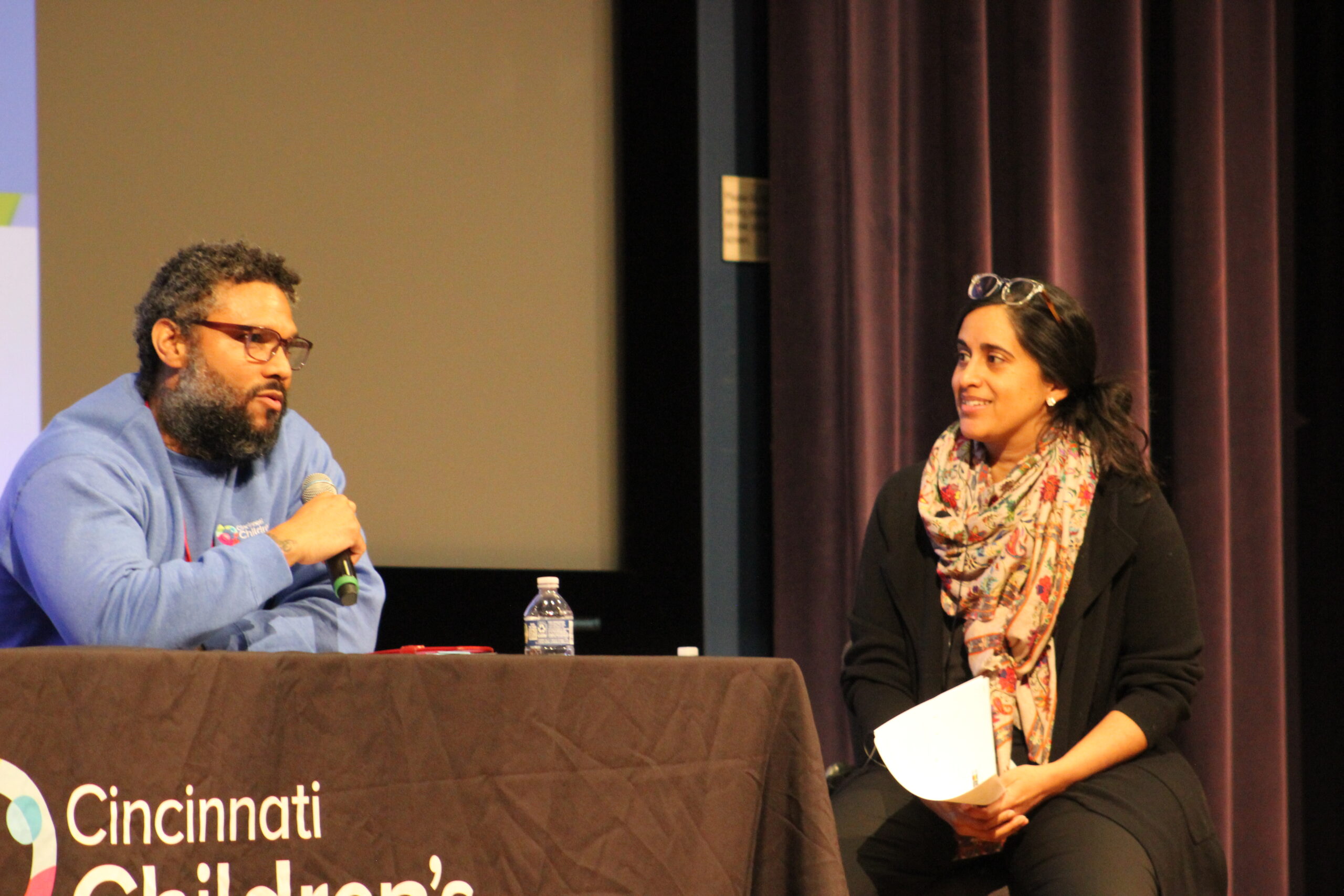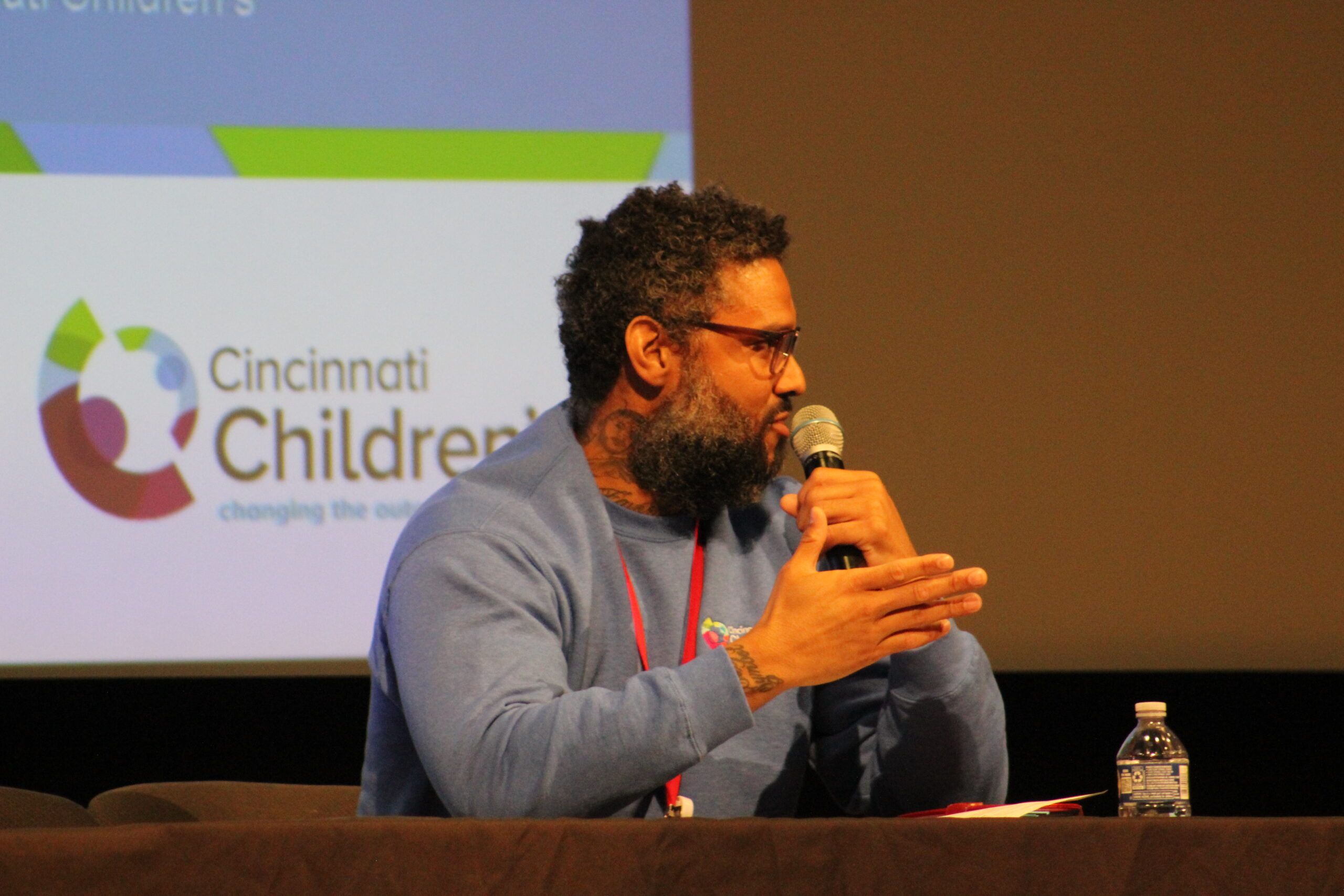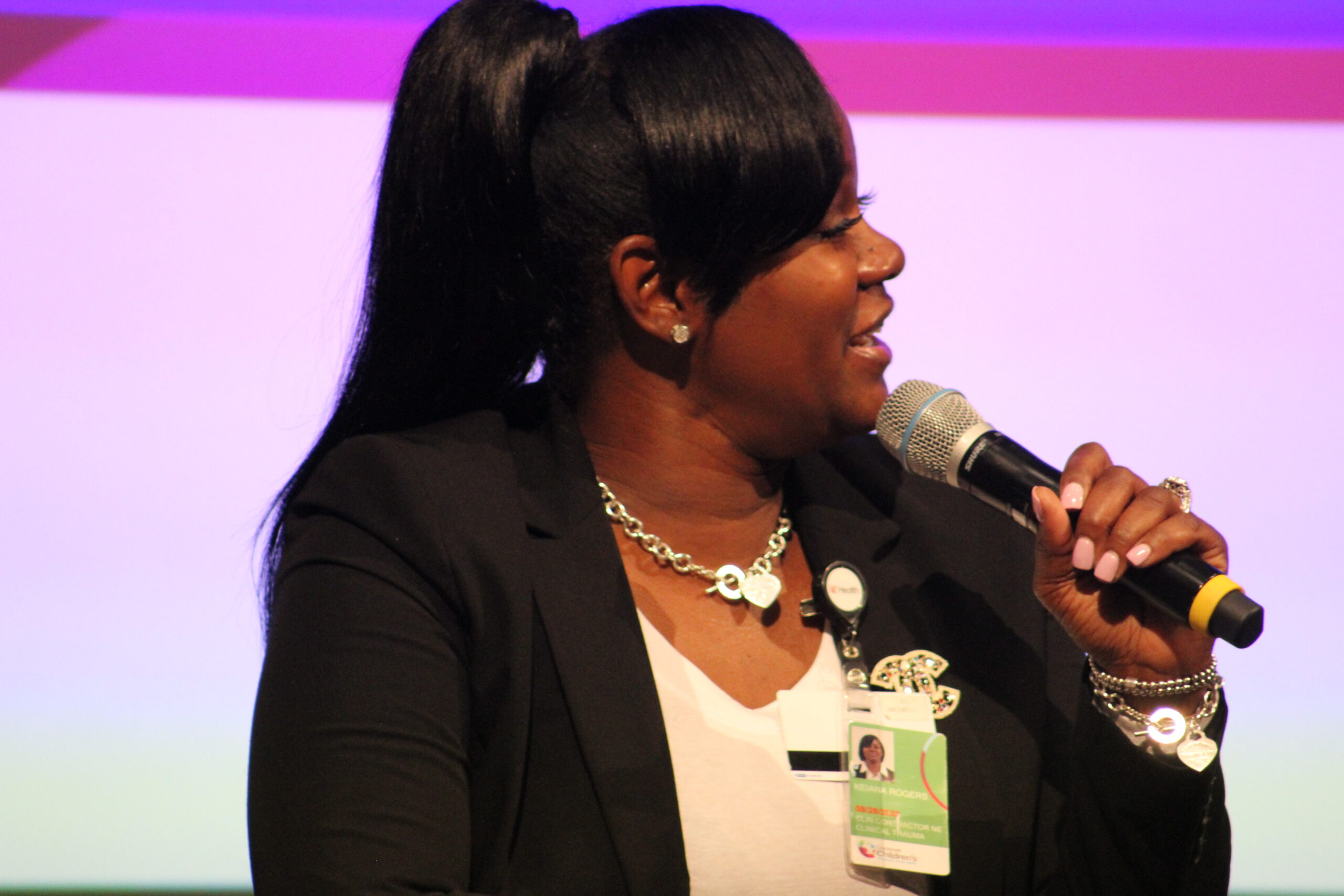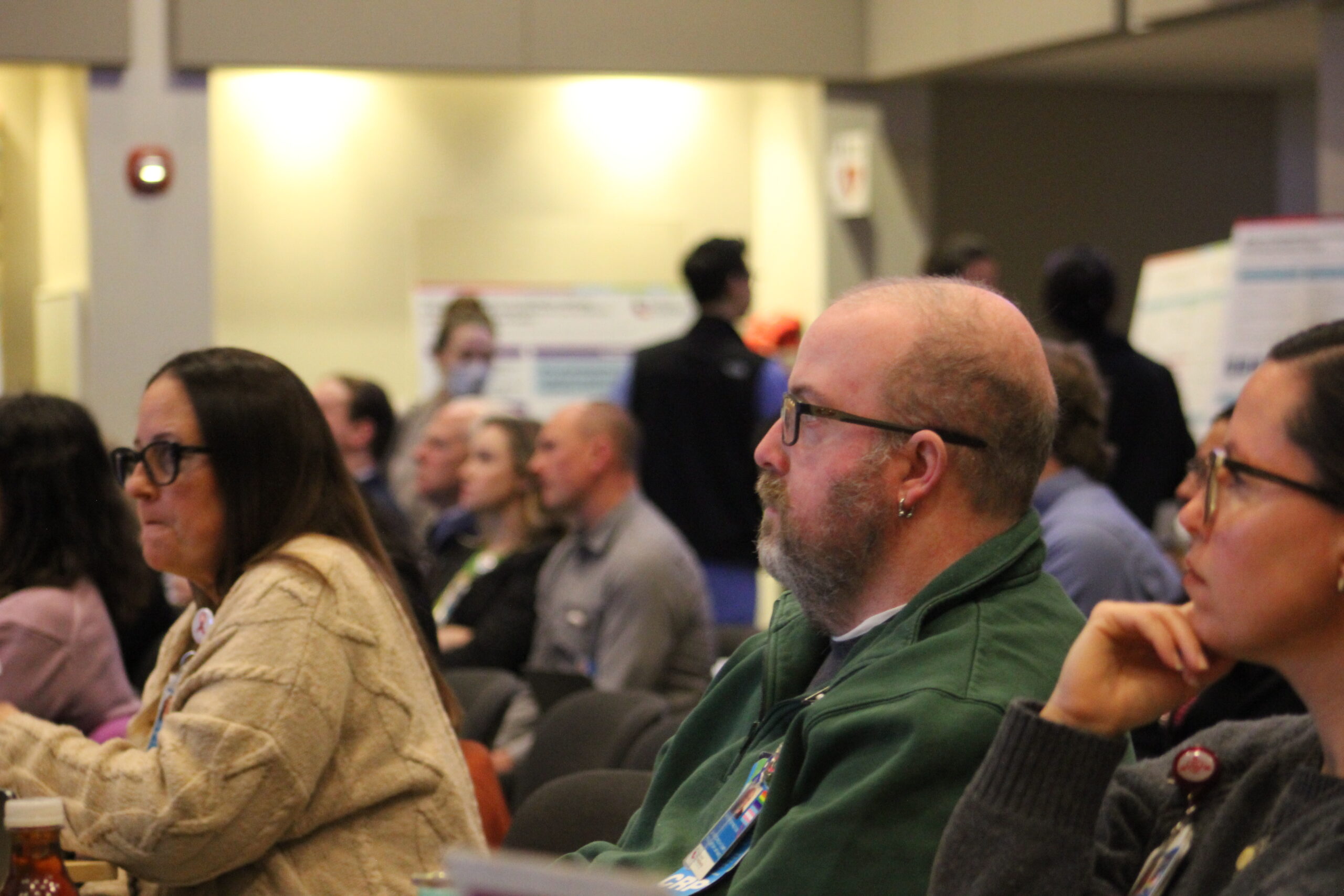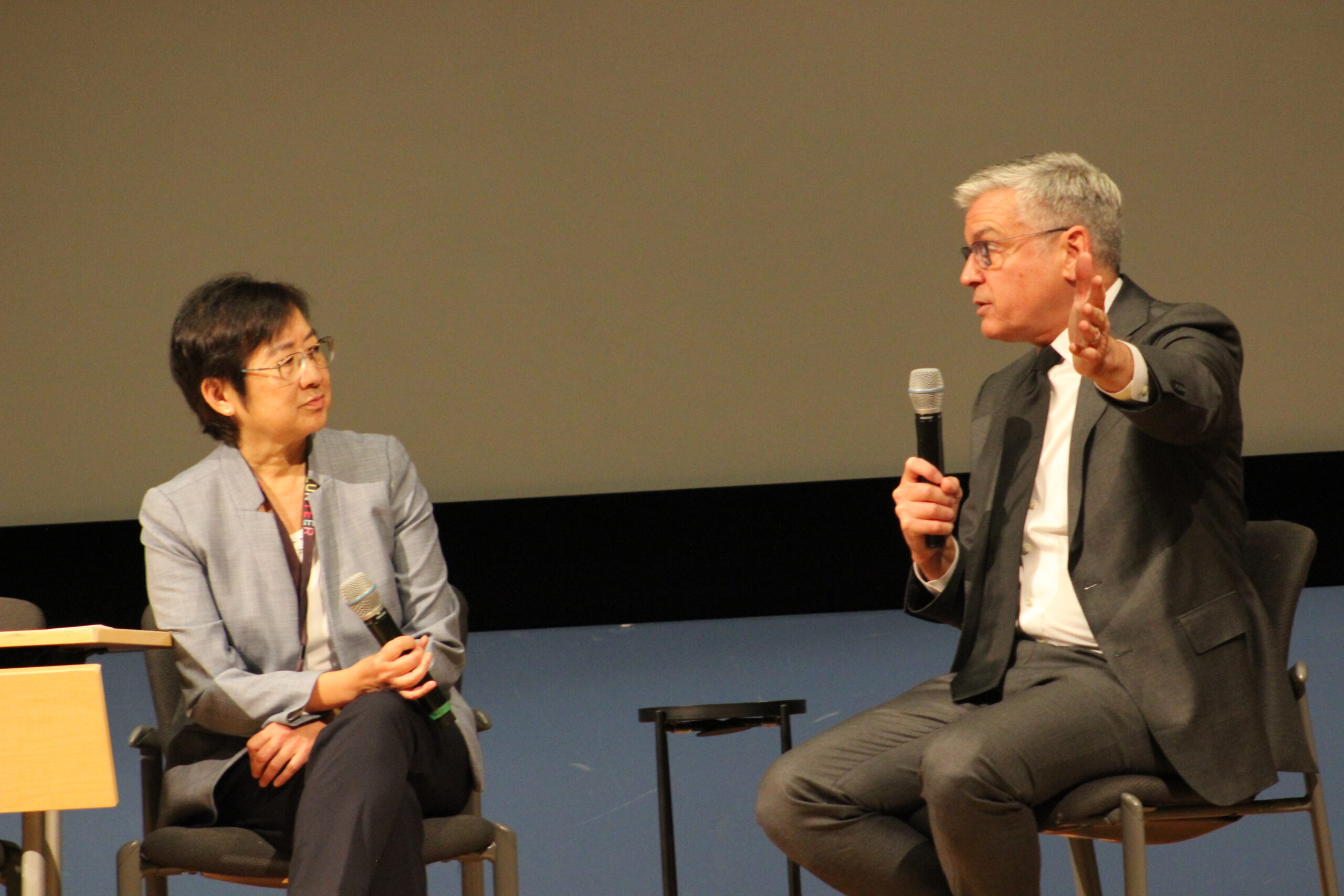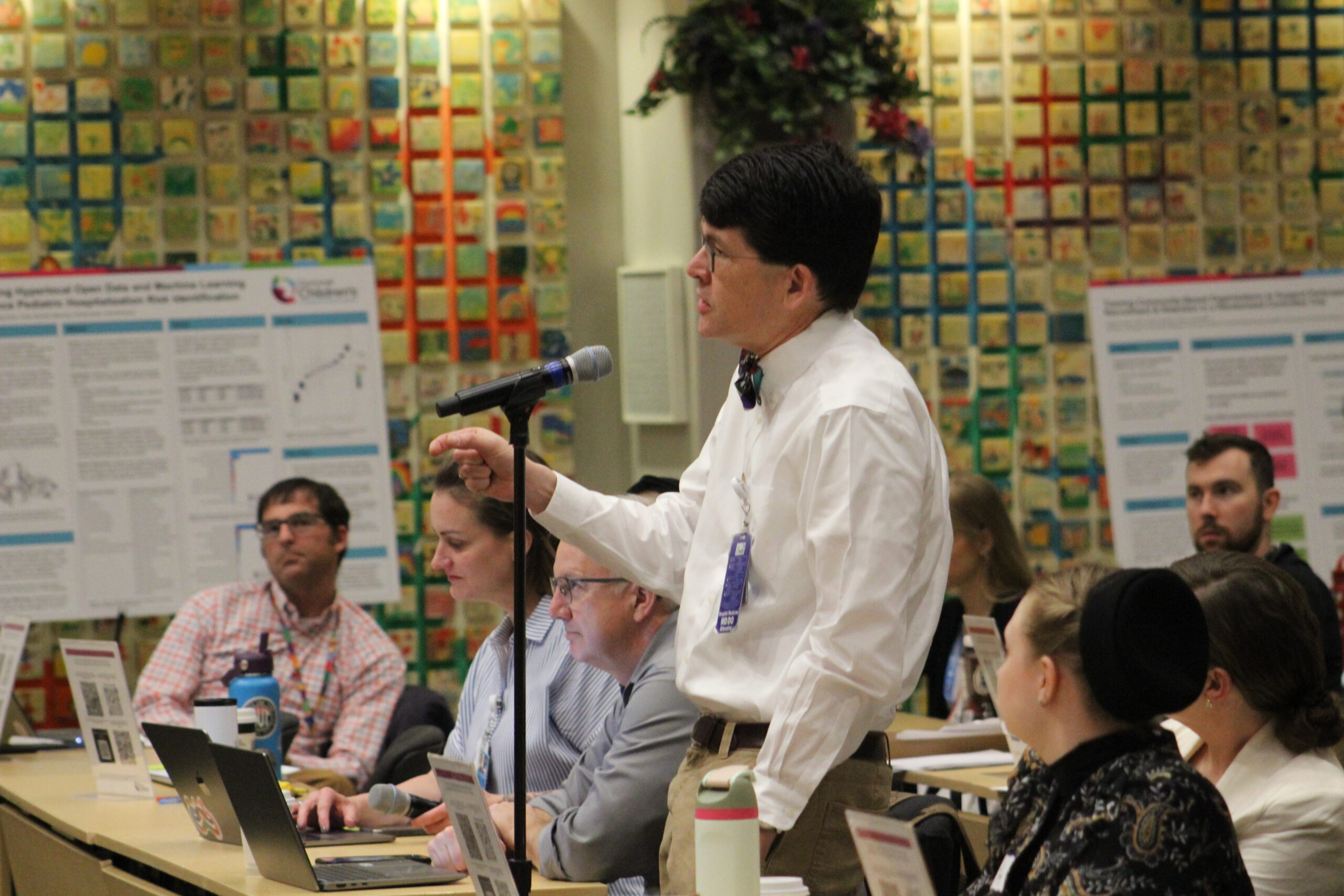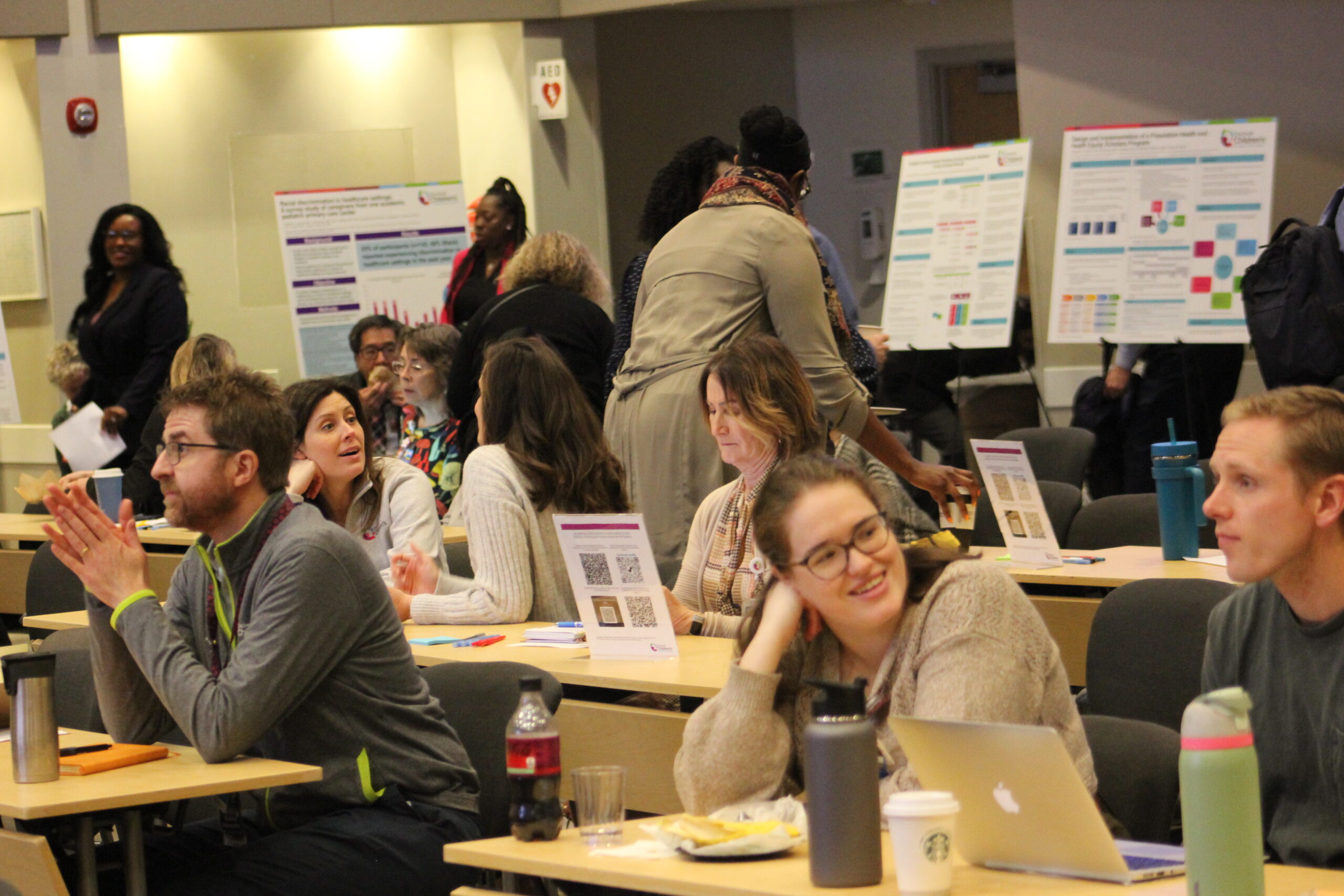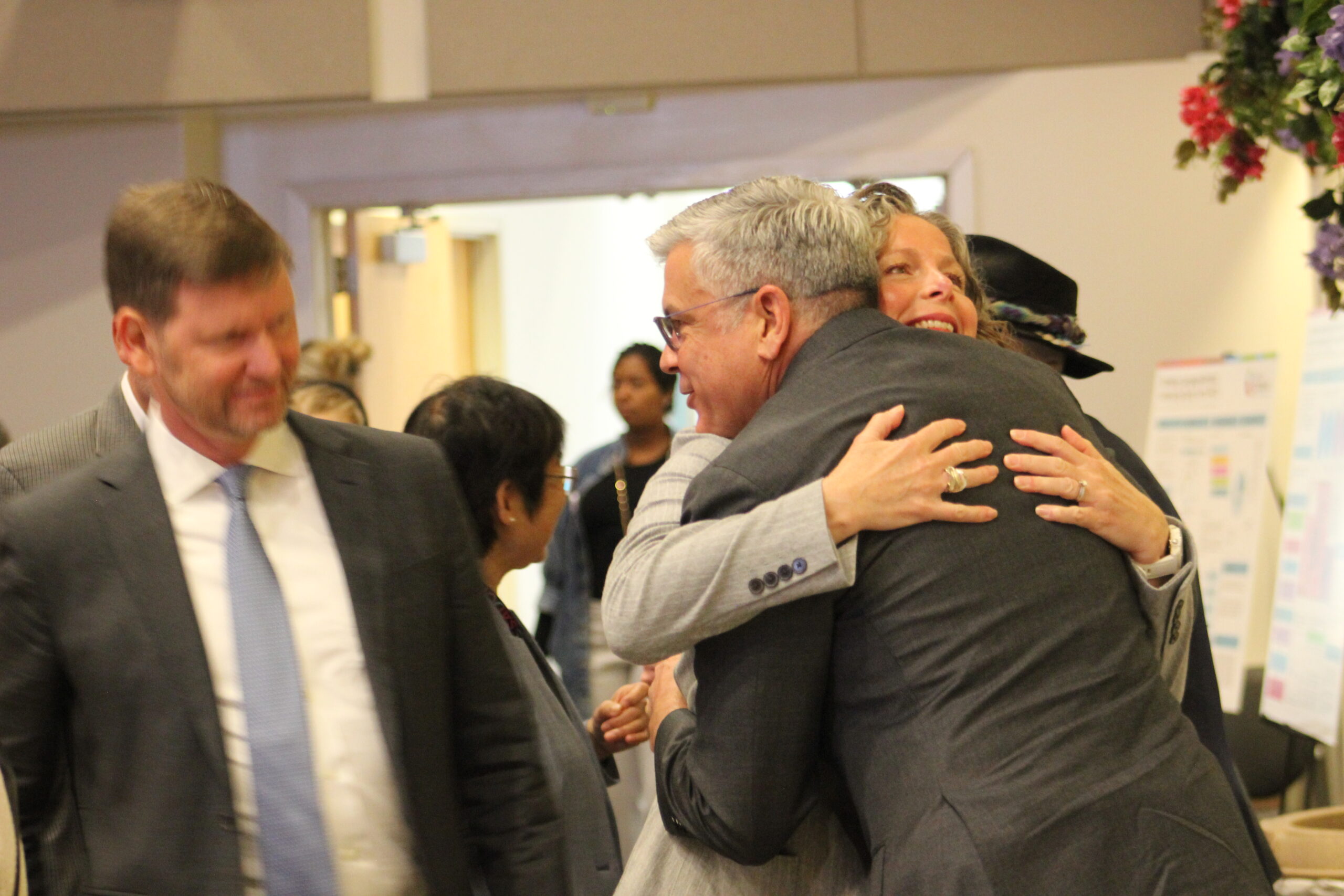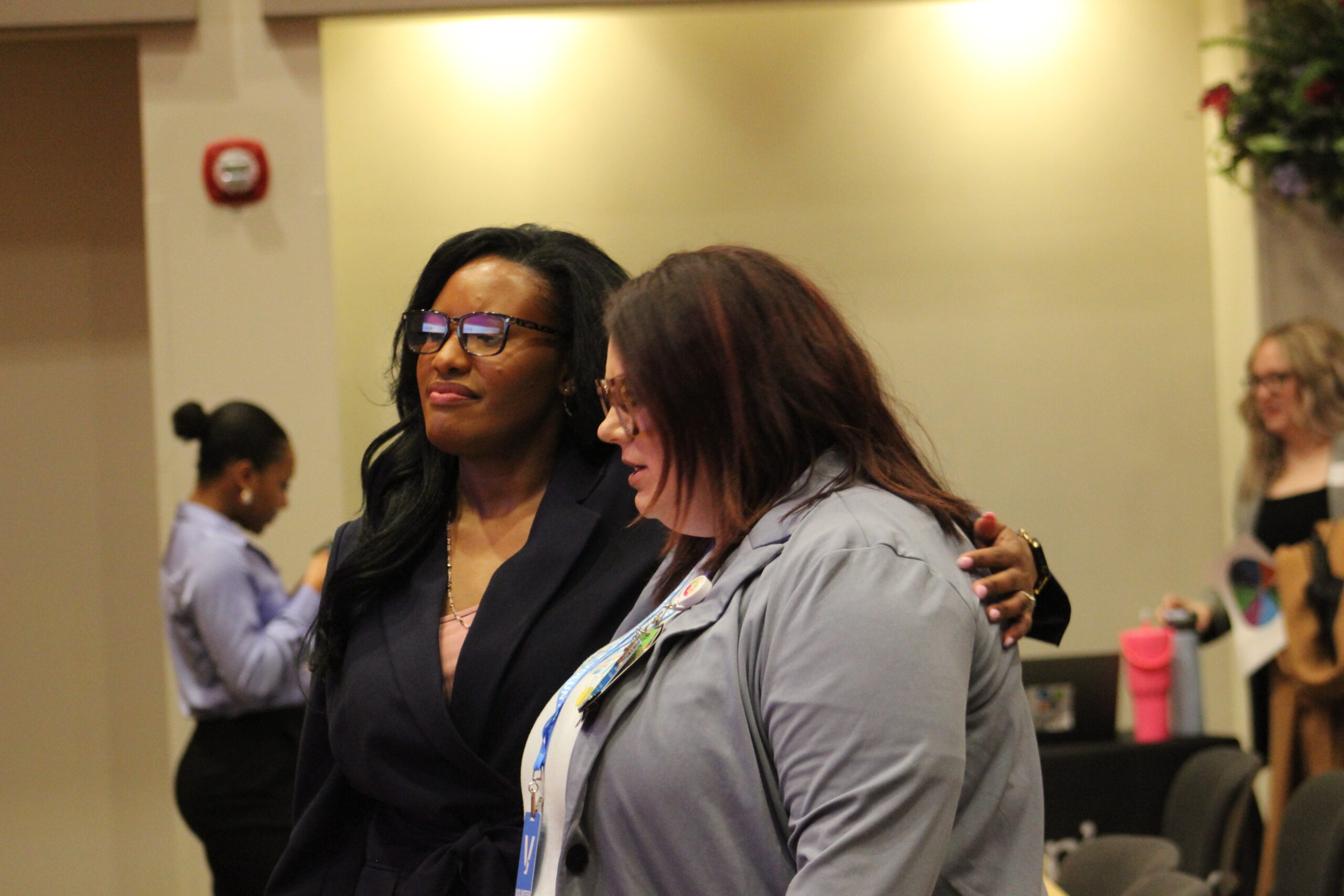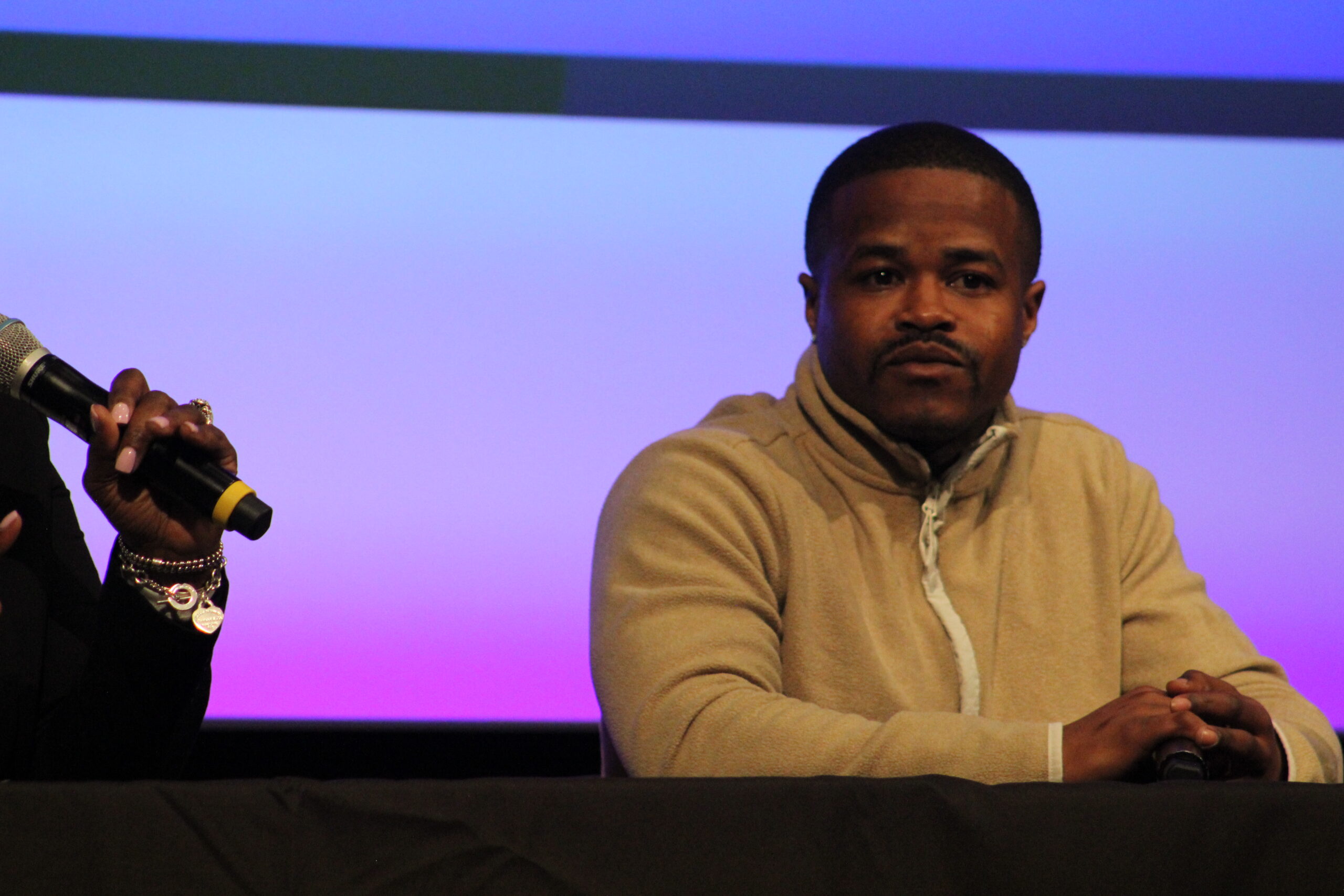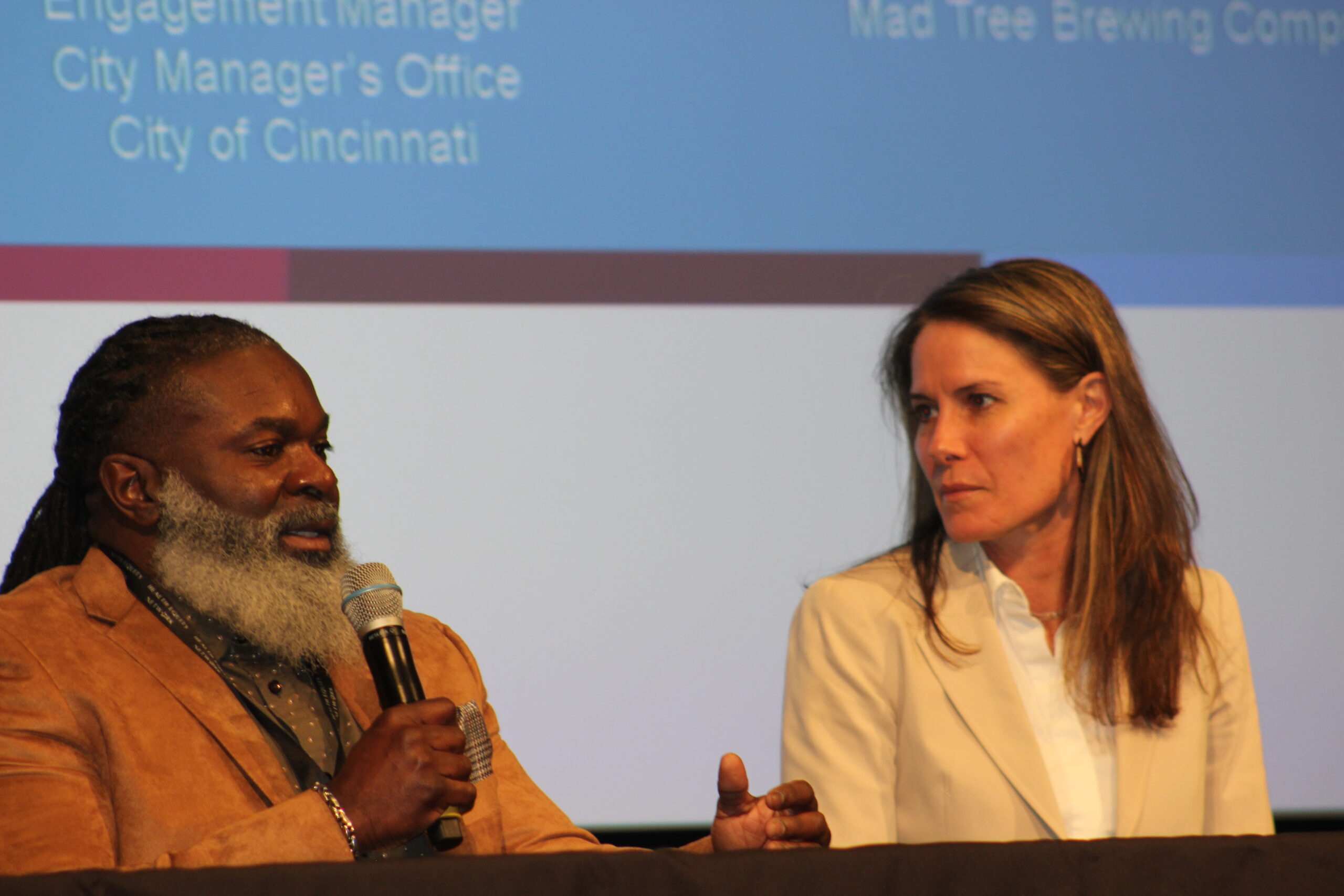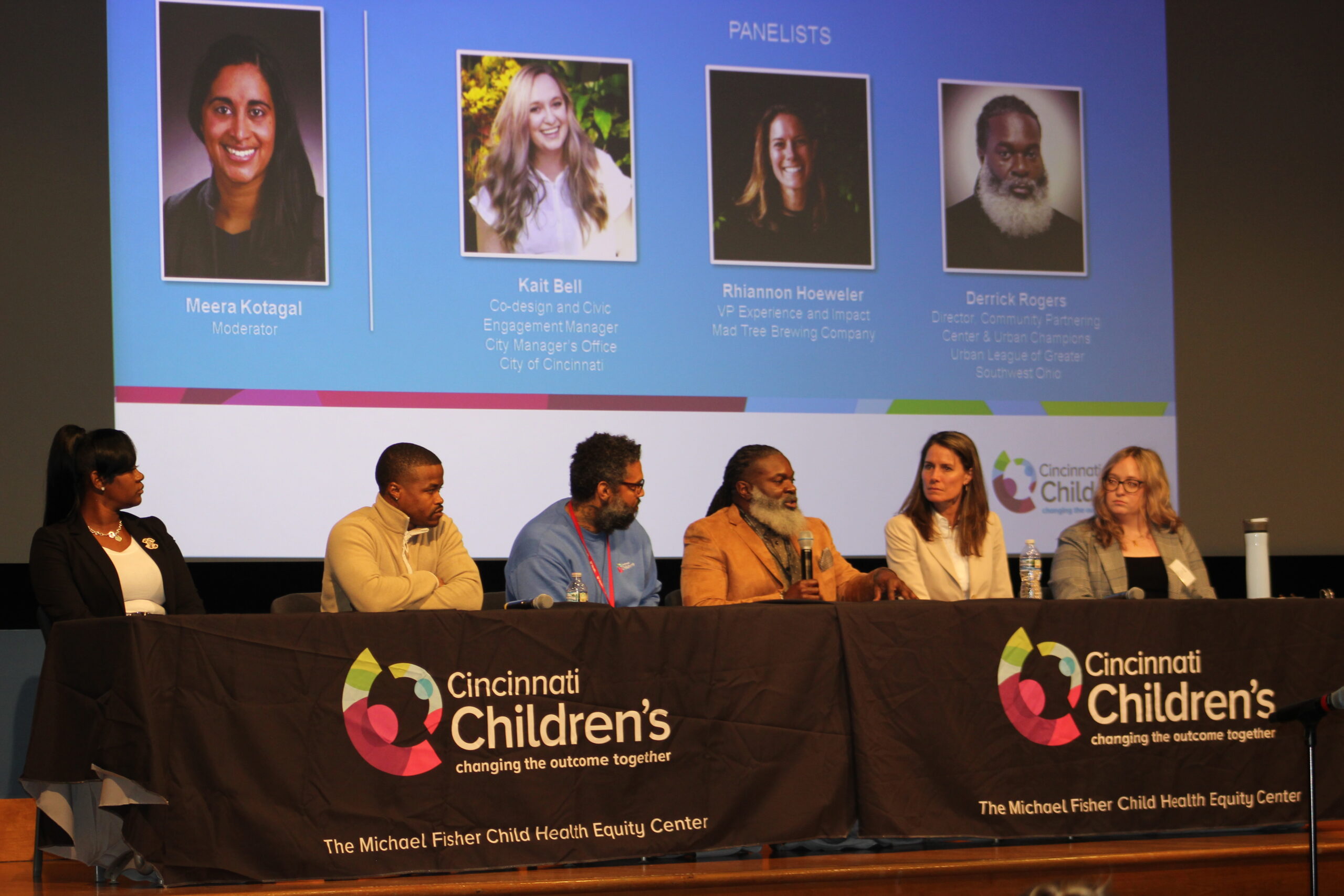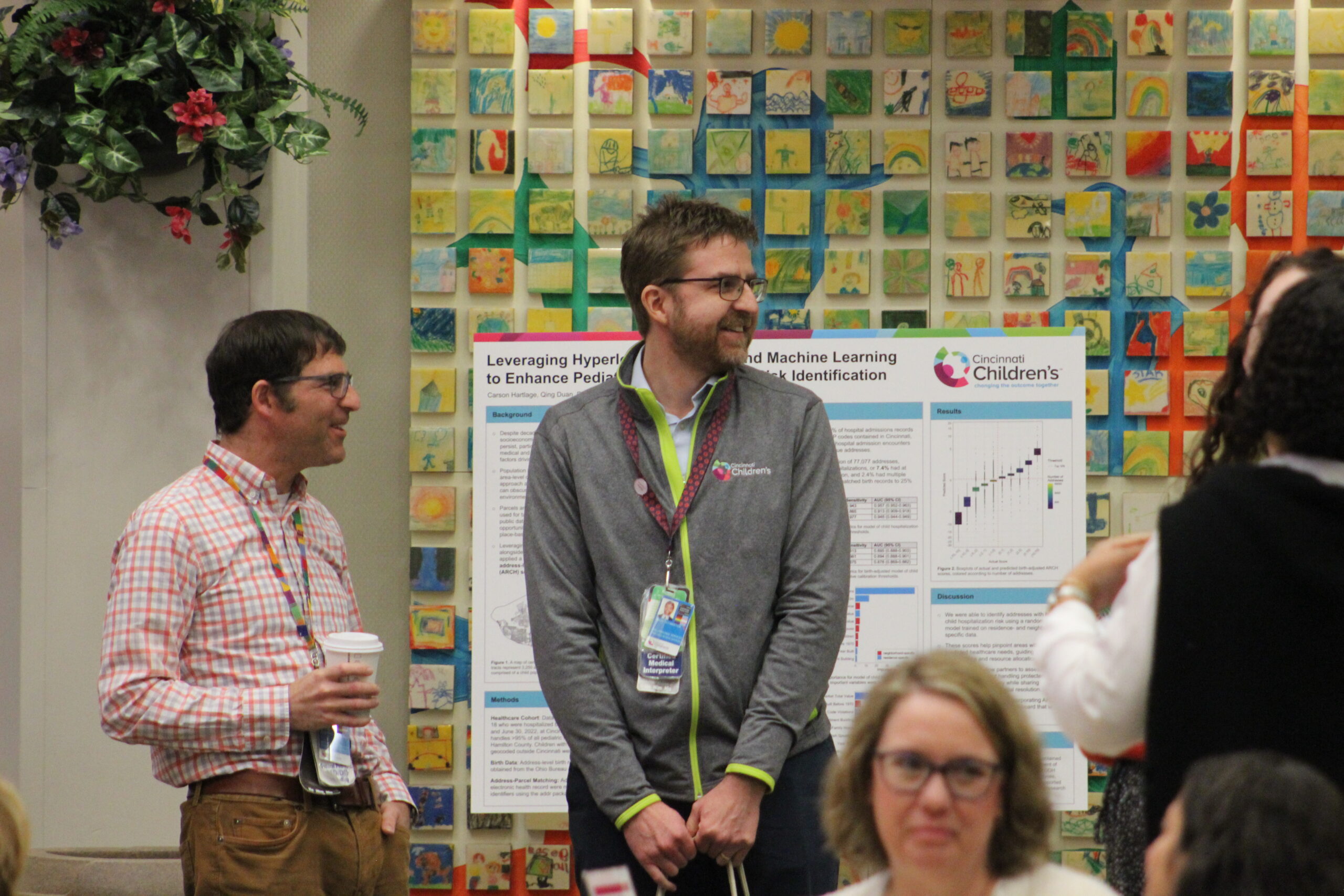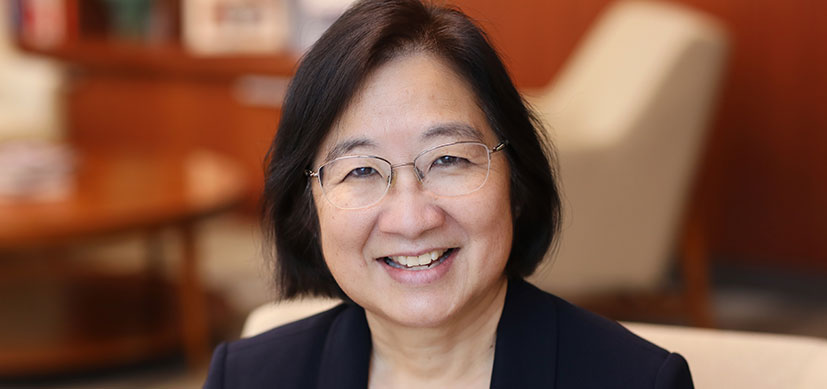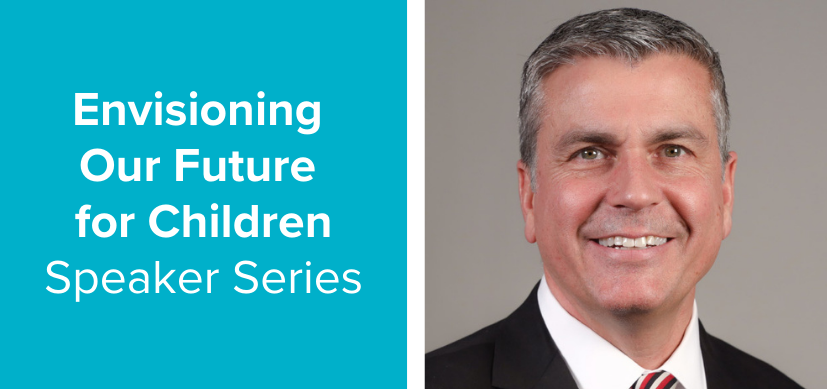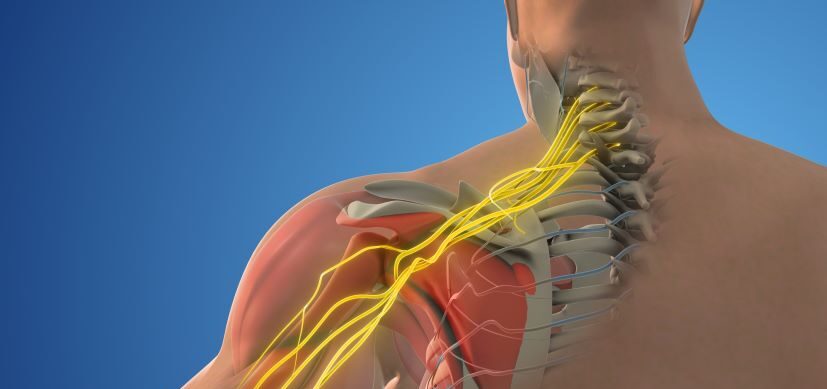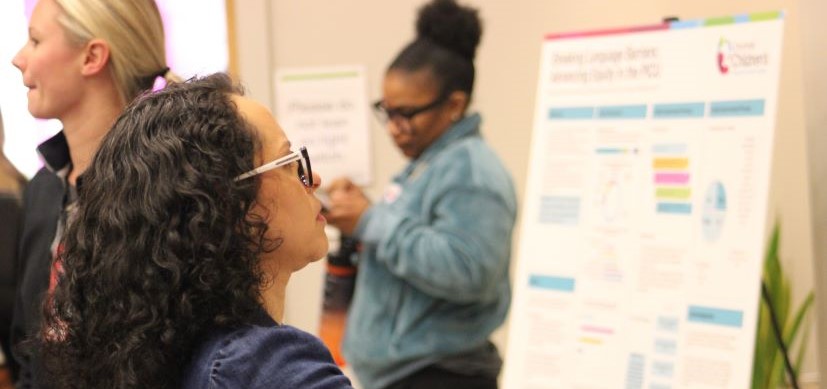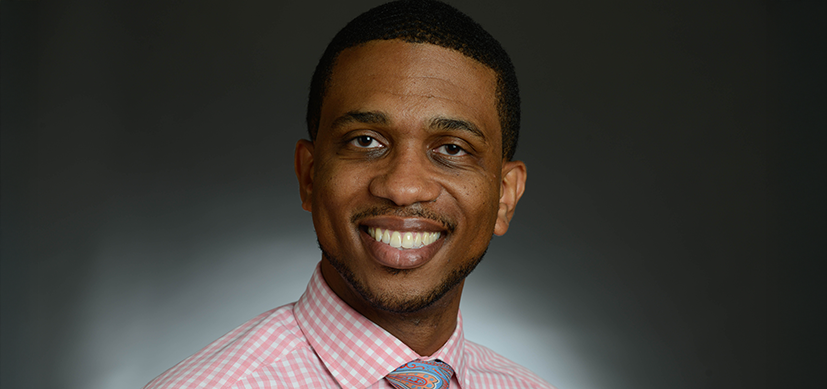Advancing Excellence in Child Health: Takeaways from the 7th Annual Event
Post Date: April 4, 2025 | Publish Date:
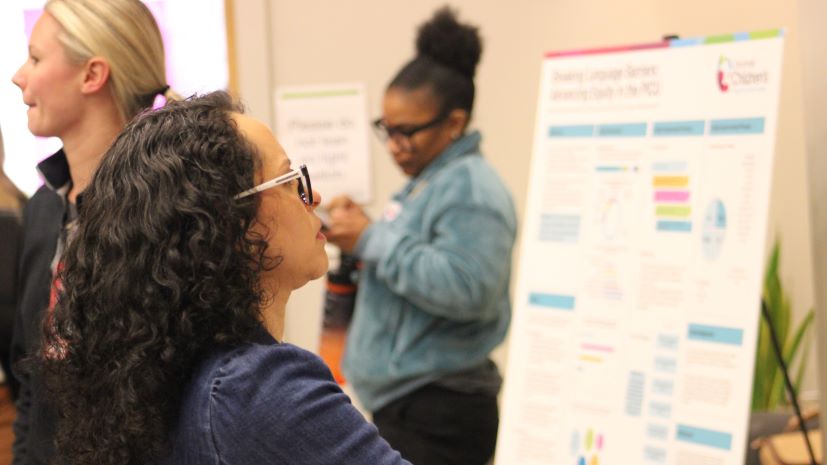
See more photos from the event in the gallery below.
The 7th Annual Excellence in Child Health Day, hosted by Cincinnati Children’s Michael Fisher Child Health Equity Center on April 1, brought together experts, community leaders and healthcare professionals to discuss pressing issues affecting children’s health.
This year’s event explored economic mobility, mental well-being, community investment and equity in health outcomes, emphasizing the need for cross-sector collaboration.
Explore key highlights from the day below and consider how you can get involved and be part of the solution.
David Erickson: The Fifth Freedom, Economic Mobility
David Erickson, from the Federal Reserve Bank of New York, framed his Pediatric Grand Rounds talk around Franklin D. Roosevelt’s “Four Freedoms”—freedom of speech, freedom of worship, freedom from fear and freedom from want.
His discussion centered around ideas explored in his book, The Fifth Freedom, which calls for all children to have access to opportunities that can help them secure a successful future.
In the U.S., economic mobility remains low, with only 7.5% of children born into poverty reaching a wealthier socioeconomic status in their adult years. Erickson emphasized that the most critical time to shape a person’s future is in childhood, explaining, “If you missed the opportunity to focus on kids, you missed a really big window to make an effective citizen.”
He urged attendees to rethink the connections between investors, health systems and community organizations. “Once you start going down this path, it starts unlocking your thinking in new ways,” he said.
You can watch the full recording of his presentation here.
Tina Cheng: Investing in Children’s Health
Tina Cheng, MD, MPH, chief medical officer, stressed that improving child health requires bipartisan cooperation and systemic policy changes, such as those outlined in the National Academy of Sciences, Engineering and Medicine report she helped to create in fall 2024.
“We need to make change, we need to make change for children,” she stated, reinforcing the urgency of advocacy and investment in pediatric health initiatives.
Whitney Williams: Building Resilience in Children
Shifting the focus to individual well-being, Whitney Williams, registered nurse at College Hill, explored how resilience can be cultivated in children. She explained that resilience isn’t an inherent trait, but a skill that can be developed through strong connections with trusted adults, a growth mindset that reframes failure as opportunity, and mindfulness techniques like deep breathing and the “5-4-3-2-1” grounding method.
She shared a compelling example from schools where incorporating mindfulness strategies led to a 30% reduction in disciplinary actions, illustrating how simple interventions can have a profound impact.
Clare Zlatic Blakenmeyer: Youth Mental Health and Well-Being
Clare Zlatic Blakenmeyer, executive director for Hopeful Empowered Youth (HEY), expanded on mental health by presenting key findings from their focus groups with young adults.
While 91% of caregivers said the youth in their life had good mental health, nearly 40% of young people themselves described experiencing frequent anxiety—revealing a disconnect in perception.
To address this, HEY engages youth through a six-month paid fellowship, allowing them to shape policies and programs. Zlatic Blakenmeyer emphasized that schools should be designed as holistic wellness environments, with healthcare providers who understand and relate to young people’s lived experiences. She also stressed the importance of creating welcoming, youth-centered spaces outside the home and school.
Rachel Thienprayoon: The Importance of Rest
Rachel Thienprayoon, MD, chief clinical wellness officer, reminded attendees of the necessity of rest in maintaining well-being. She outlined seven distinct types of rest—physical, mental, social, sensory, spiritual, emotional and creative—emphasizing that true restoration comes from balancing all these areas.
“There is virtue in work and also virtue in rest,” she noted, citing a quote from Alan Cohen, businessman and author, underscoring that prioritizing rest is not a luxury but a necessity for sustained impact.
She had attendees participate in a 5-minute guided meditation, which you can watch here.
Meera Kotagal: Addressing Gun Violence as a Health Issue
Meera Kotagal, MD, MPH, director of Trauma Services, turned the conversation to one of the most urgent crises affecting children—gun violence. As the leading cause of death for children in the U.S., firearm injuries disproportionately impact high-deprivation neighborhoods, where nearly half of such incidents occur.
“It is a burden not shared equally,” Kotagal said.
Cincinnati Children’s is tackling this challenge through the Hope and Shield Network, a collaborative effort that brings together a clinical trauma team, individual providers, the injury prevention team, the Fisher Center safety team, and firearm task force members.
Kotagal interviewed panelists Tevis Adularescence, Giovanni Crawford and Keiana Rogers, all who work for the Hope and Shield Network, about their experiences helping these kids. The panelists have all lived through gun violence themselves or know someone who has. This has made them better equipped to build trusting relationships with the children. Workers in the program support youth in obtaining jobs, GEDs and driver’s licenses, helping them see a future beyond violence and retaliation.
Panelists shared a quote from a family, “Having this care, having this support, made me feel like I was someone.”
Partnerships such as Act for Cincy, an active collaboration between the City of Cincinnati and our health system, are helping the team better understand influences behind gun violence.
“We have to recognize that gun violence is a complex problem and aggregate many perspectives to actually understand what we’re working with,” Kotagal said.
City Partnerships in Action
A panel discussion featuring Kait Bell from the City of Cincinnati, Rhiannon Hoeweler from MadTree Brewing, and Derrick Rogers from the Urban League, showcased how community-driven efforts are making an impact. The panelists emphasized that solutions to social challenges must be multidimensional, involving businesses, policymakers and residents alike.
One standout initiative discussed was the role of green spaces and tree canopy coverage in reducing gun violence risk. One of MadTree’s community initiatives is planting more trees in communities like Avondale and Price Hill, which historically have had very little nature in their surroundings. Research shows that access to nature can improve mental well-being, therefore having a domino effect on the rates of overall violence.
Chris Lewis: Keynote Presentation, Guiding the Next Generation of Healthcare Professionals Through Mentorship
Chris Lewis, MD, associate vice president of Vituity, a physician-owned partnership, opened his keynote presentation by reflecting on the impact of mentorship during his career. He emphasized how meaningful it was to have mentors who looked like him, shaping his journey in medicine and reinforcing the importance of representation in healthcare.
To further explore this topic, he moderated a panel discussion featuring:
- Steven Kniffley, PhD – senior vice president of Pathway Innovation and Inclusive Excellence, University of Cincinnati (UC) Health
- Estralita Dixon, MD – division director of General Internal Medicine at UC Health
- Megan Rich, MD – director of The Christ Hospital/UC Family Medicine Residency Program
- Margaret Ridge, MD – clinical fellow, Division of Hospital Medicine, Cincinnati Children’s
- Princess Ihuoma Ogundu, MD – pediatrics resident, Cincinnati Children’s
The panelists discussed how representation in healthcare plays a crucial role in fostering trust, improving patient outcomes, and encouraging young medical professionals to return to serve communities similar to their own. “People often go back and practice in communities like where they came from,” one panelist noted, emphasizing the cyclical power of representation.
Doug Jutte: Aligning Community Development and Health
Doug Jutte, MD, MPH, founder of Build Healthy Places Network, emphasized that hospitals and health systems have a unique opportunity to leverage their influence in community development to better reflect the whole-person needs of the neighborhood.
He outlined several ways health systems can support these efforts, including providing thought leadership, advocacy and political influence—such as speaking to affordable housing committees about the health consequences of housing instability.
Hospitals can also contribute through land swaps, donations or leases; data sharing; community benefit grants; loan guarantees or lines of credit; direct loans and investments in loan funds; co-location of services; and providing essential programs.
“[Community developers] are not trained to think holistically, but you all are. You can help them begin to think that way,” Jutte noted.
He pointed to successful examples, such as the development of affordable childcare centers within affordable housing complexes, as models of integrated, community-centered solutions.
Closing Remarks by Rob Kahn and Anita Triggs
Rob Kahn, MD, vice president of the Fisher Center, concluded the event with a call to action, reinforcing that achieving true health excellence requires long-term investment, deep community engagement and a commitment to dismantling systemic barriers.
Anita Triggs, senior specialist with the Fisher Center, added, “Let’s get on the good foot and spread the excellence to make sure we create equitable health outcomes for all our children.”
After the session closed, attendees had the opportunity to network and view poster presentations.
